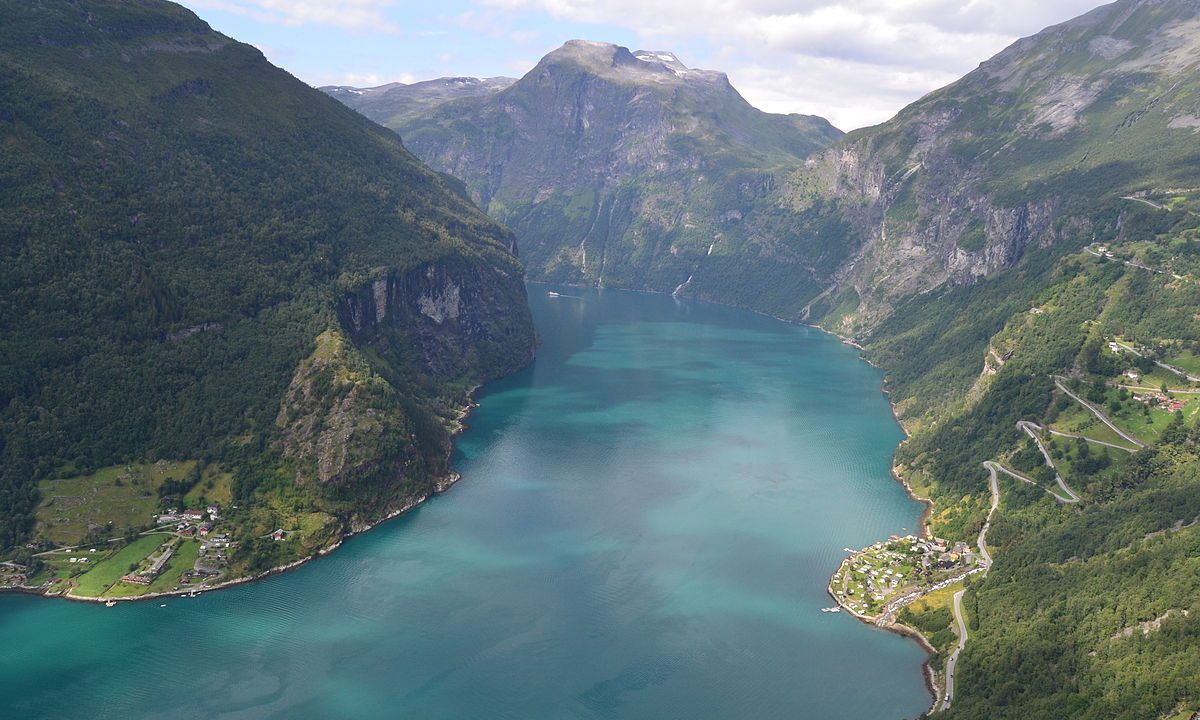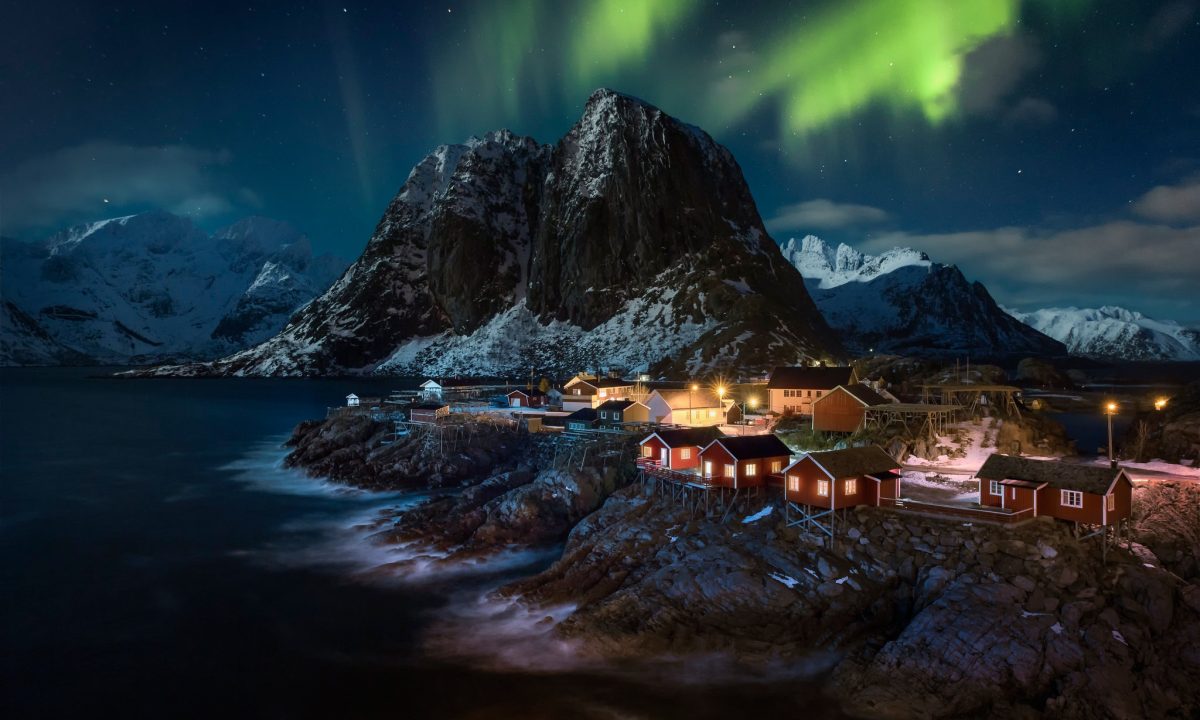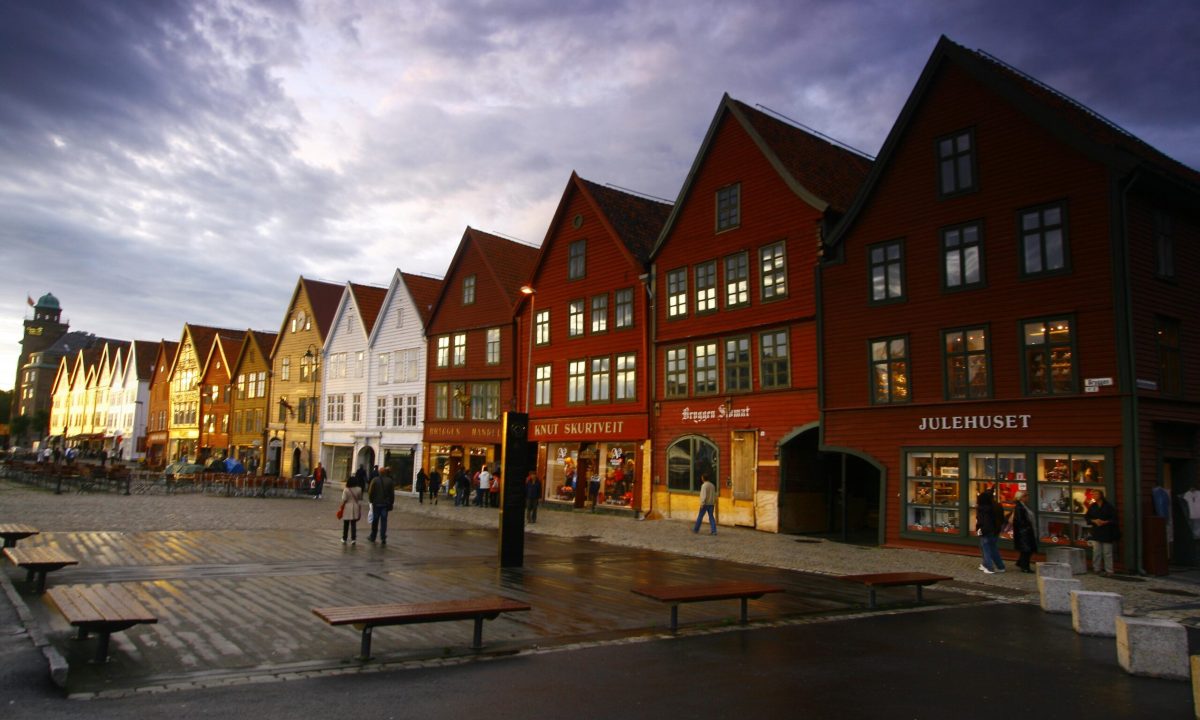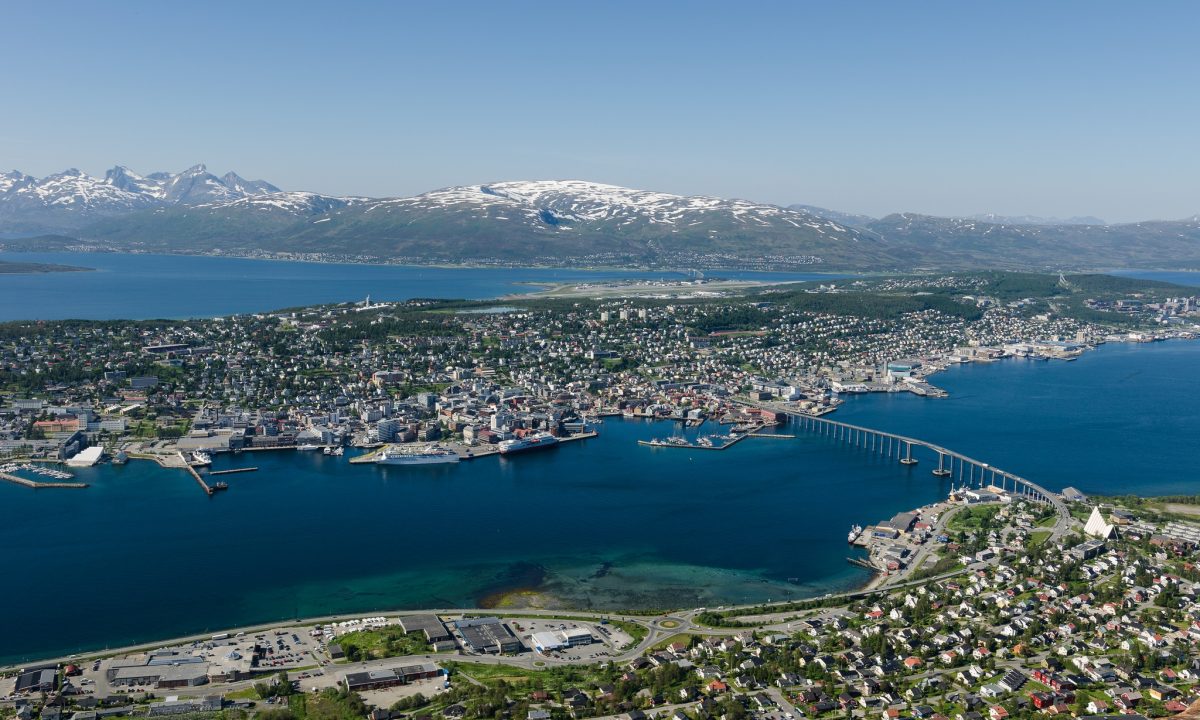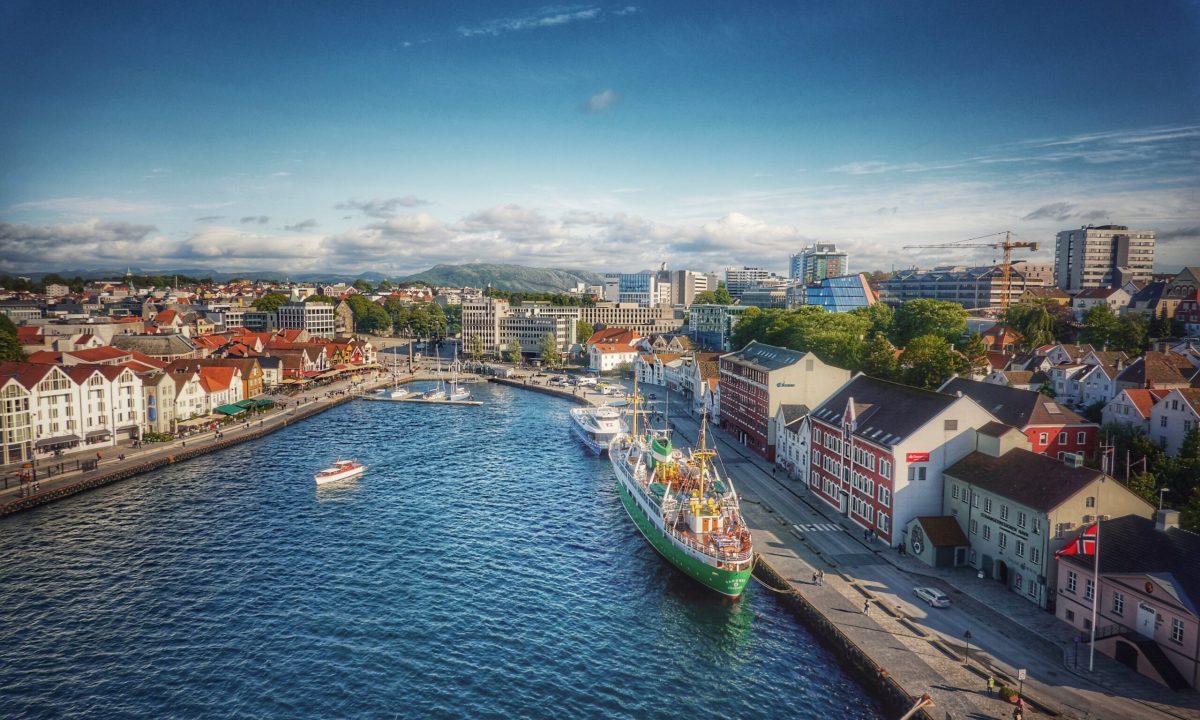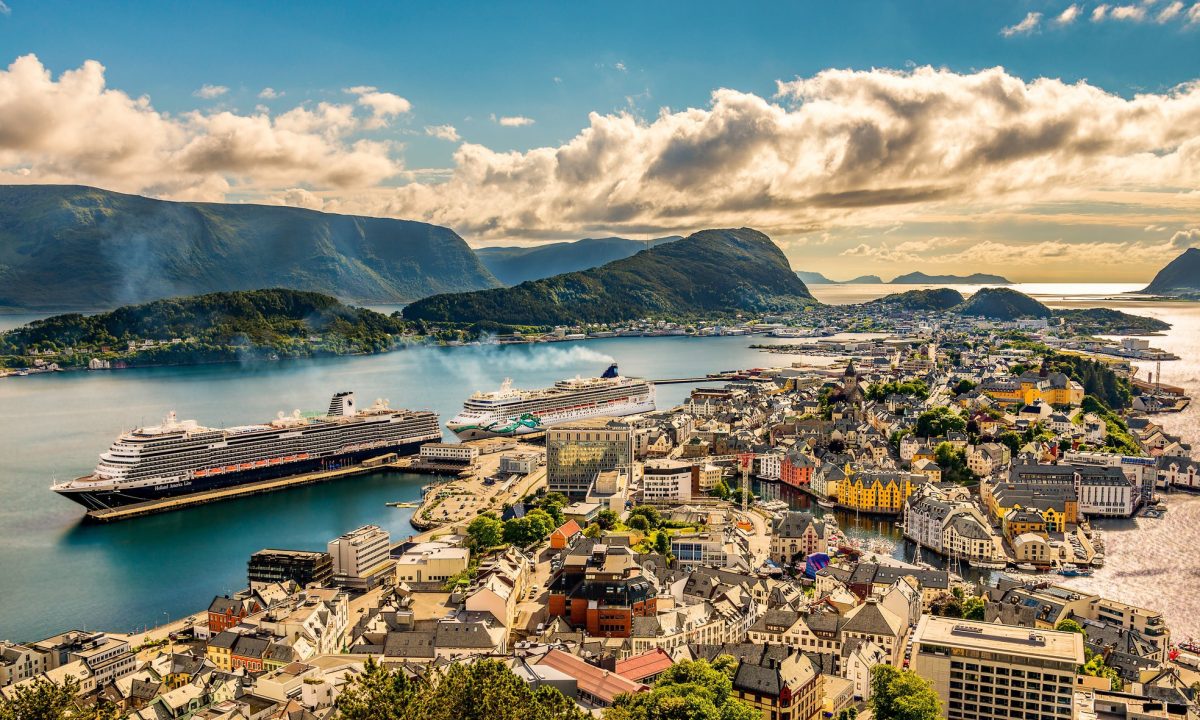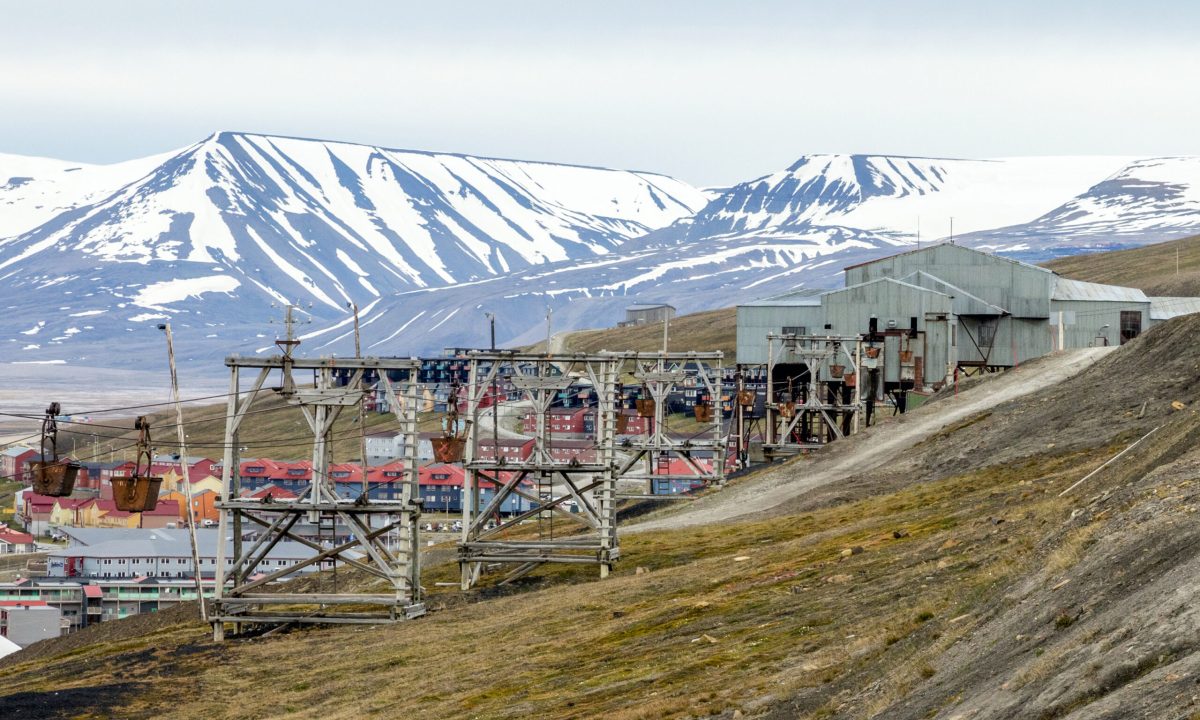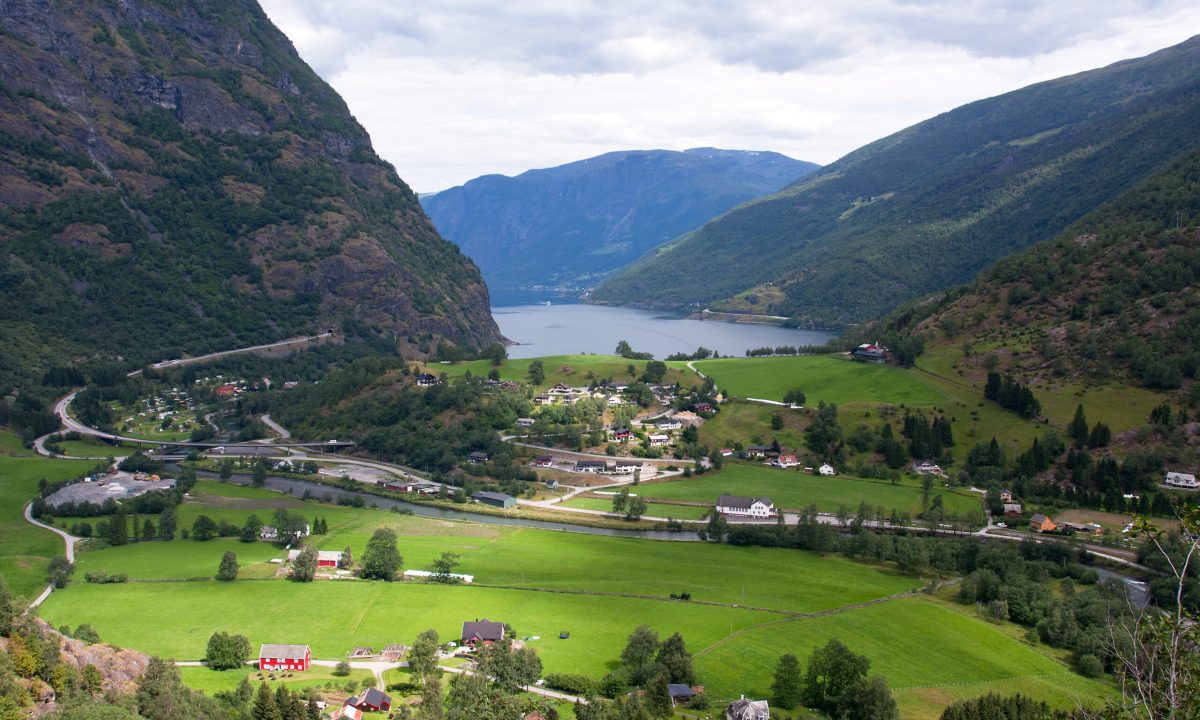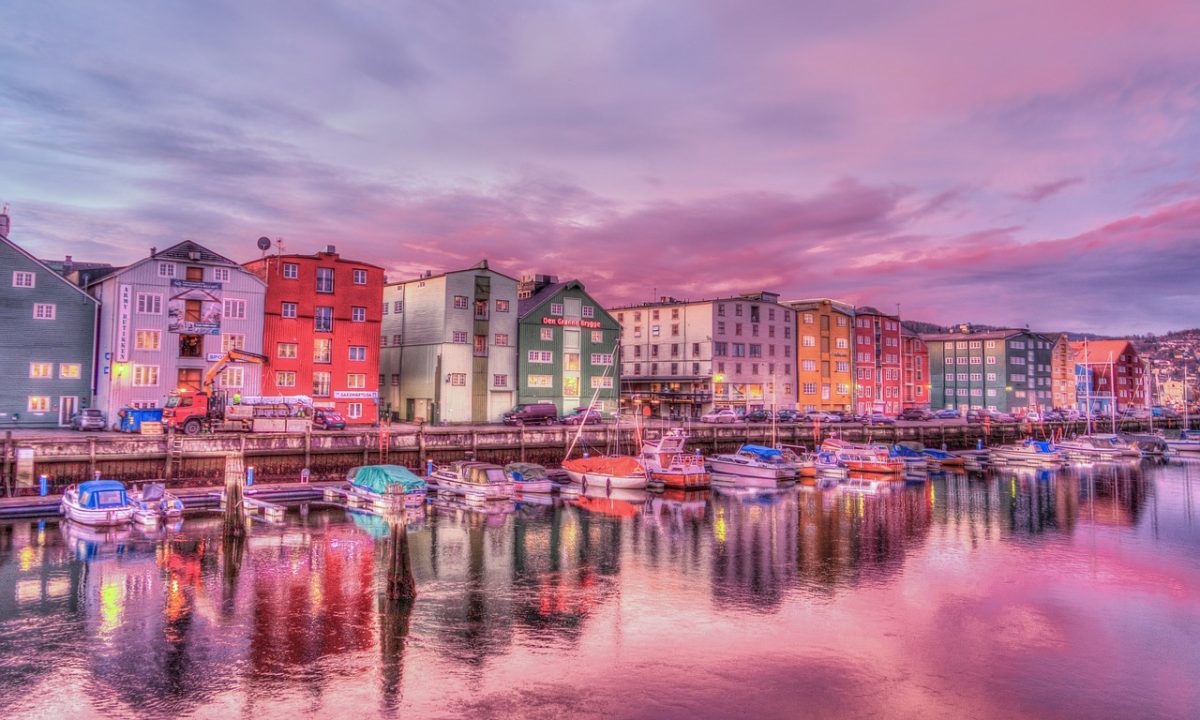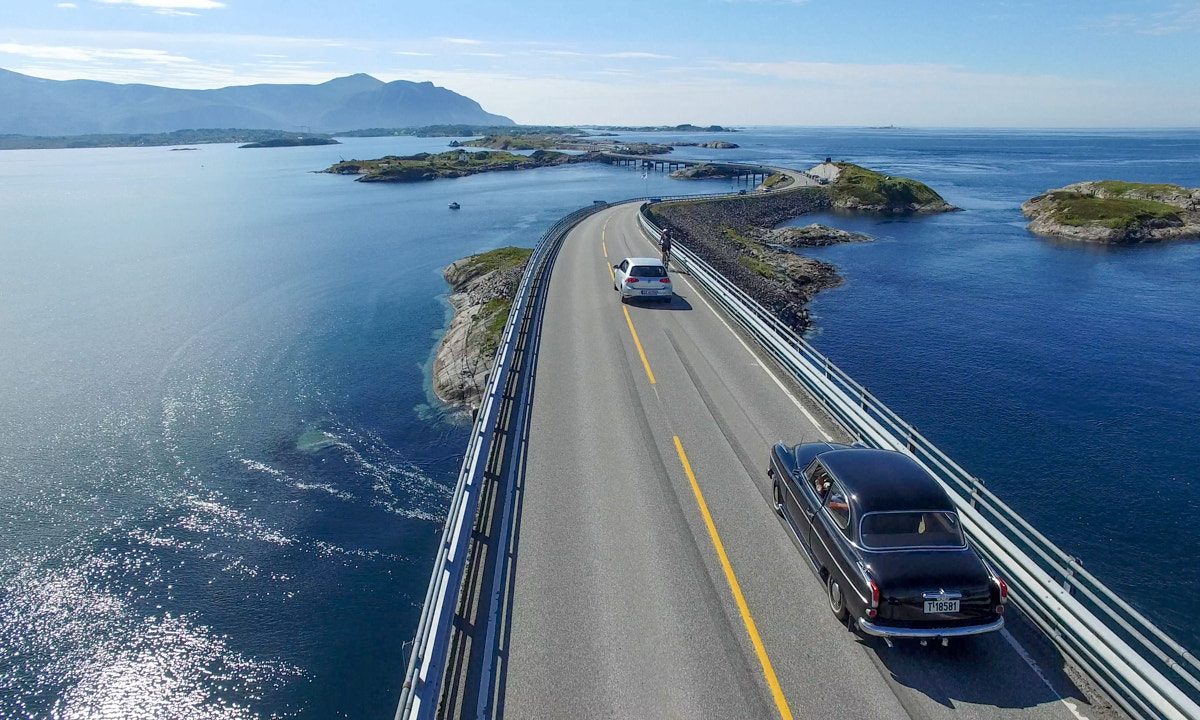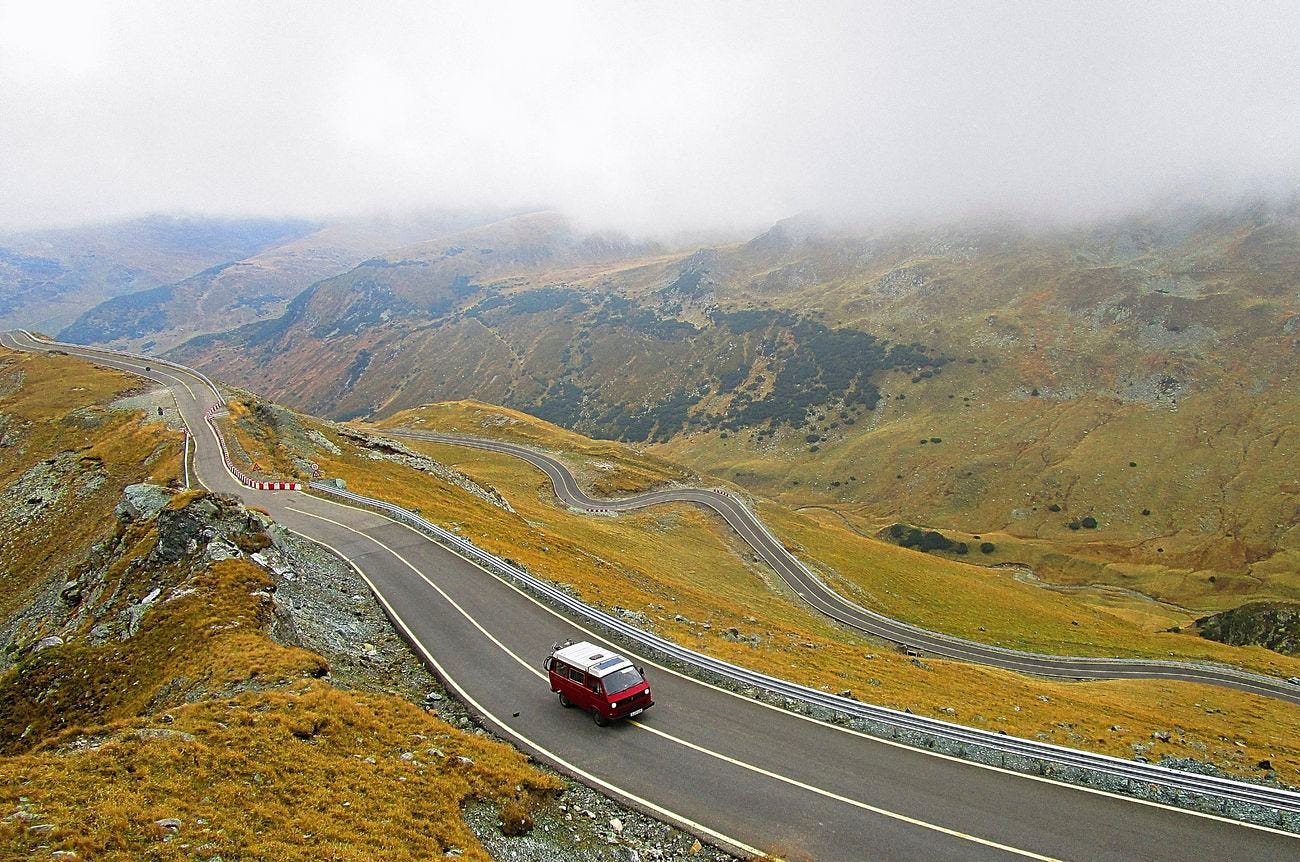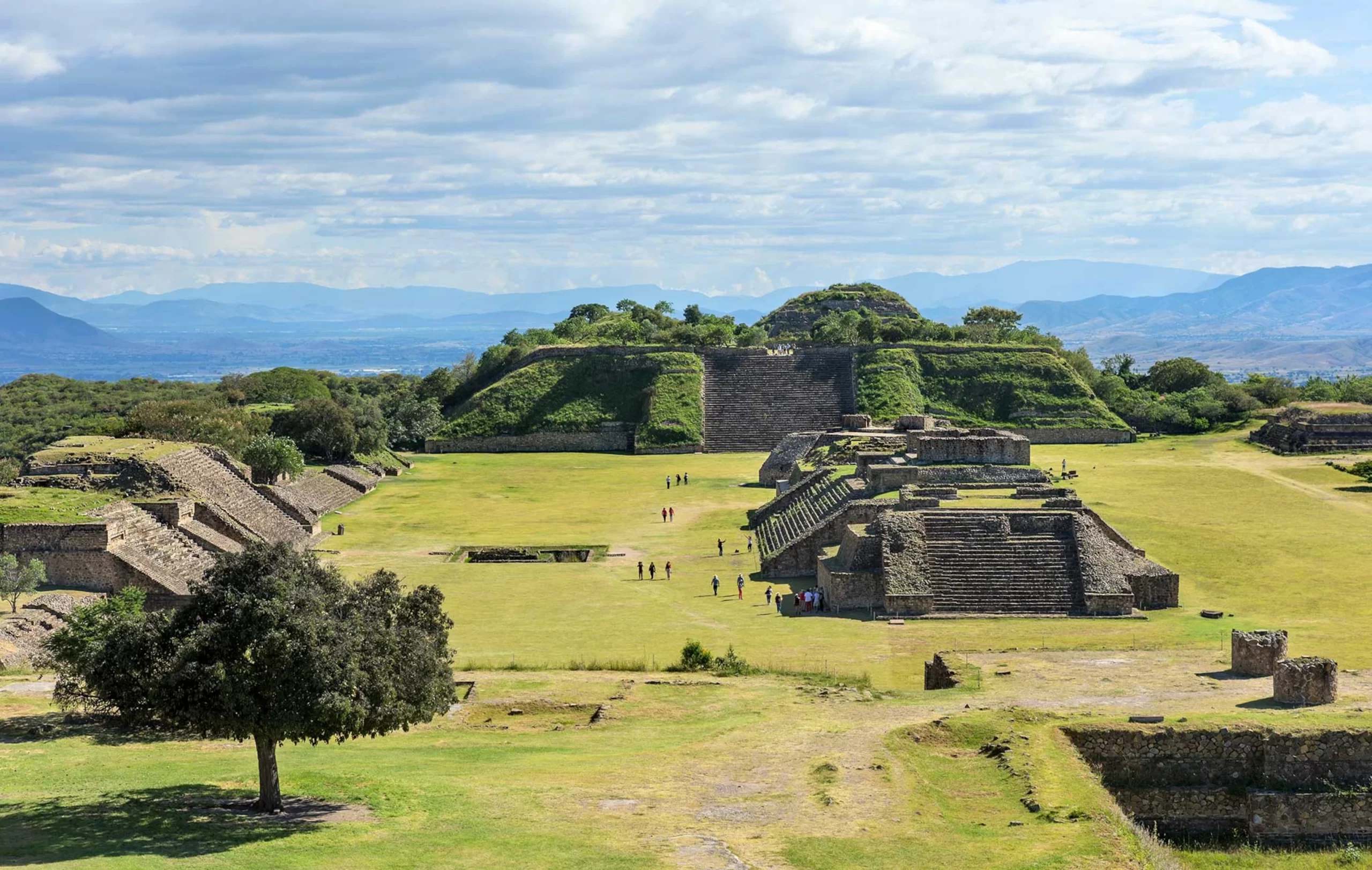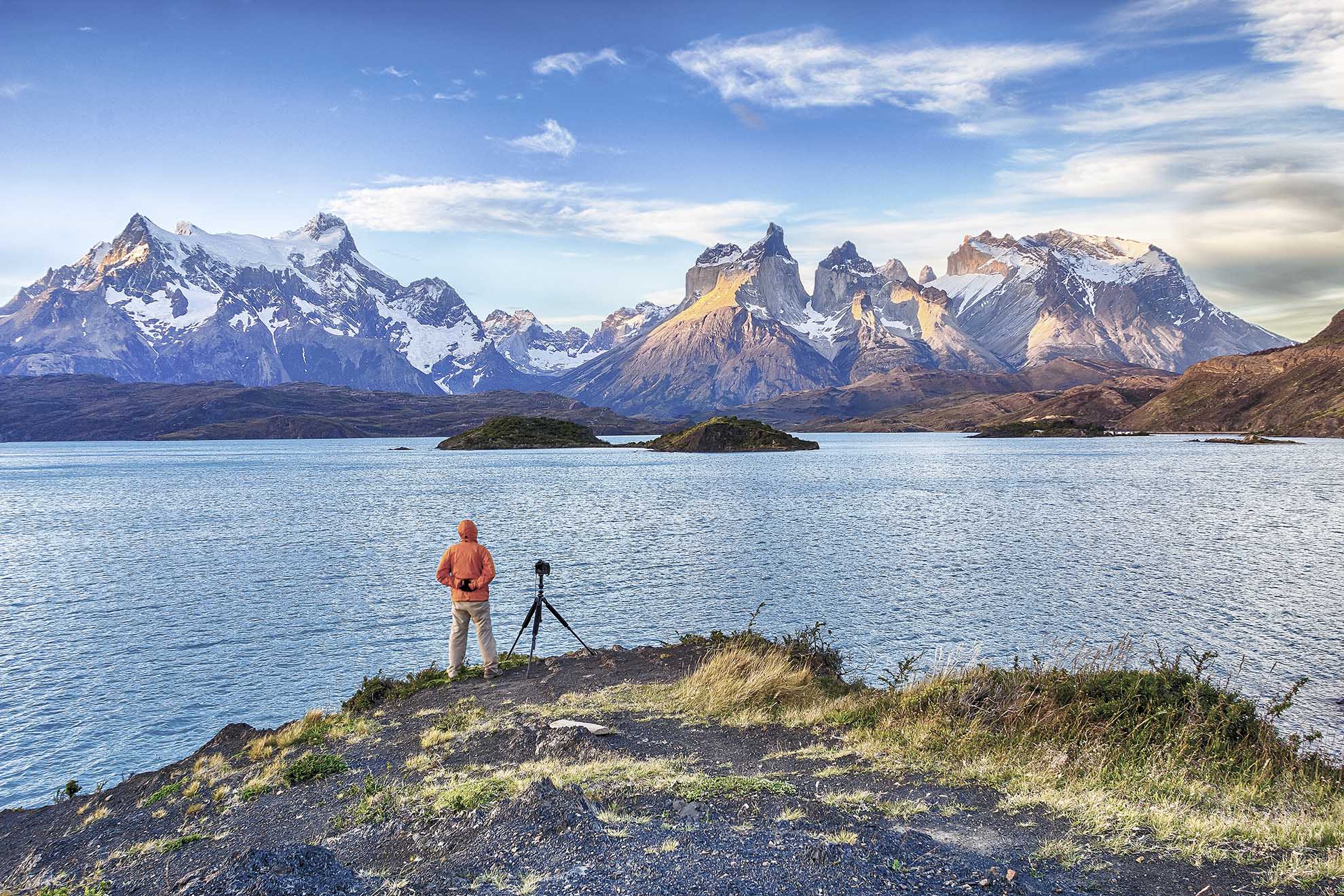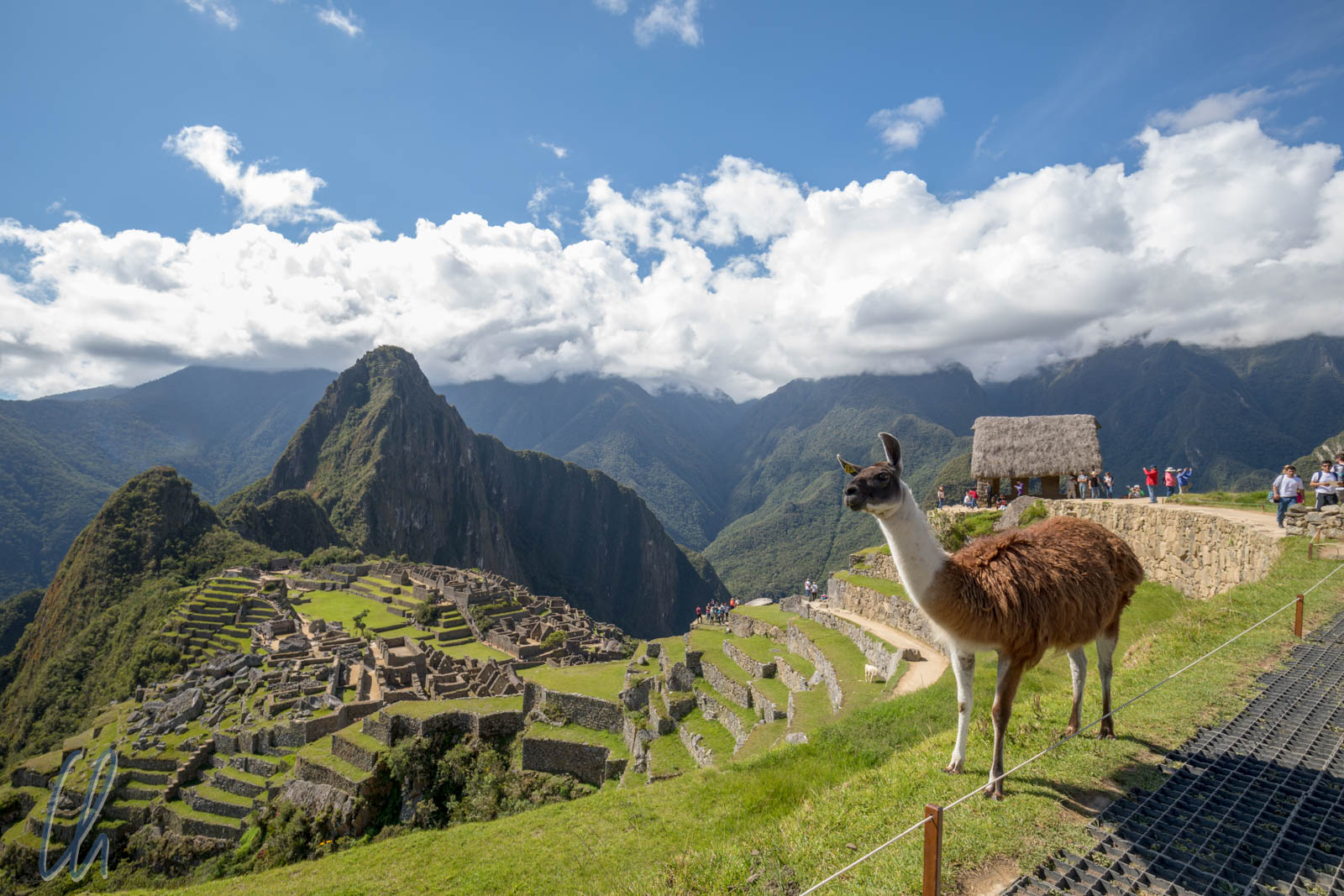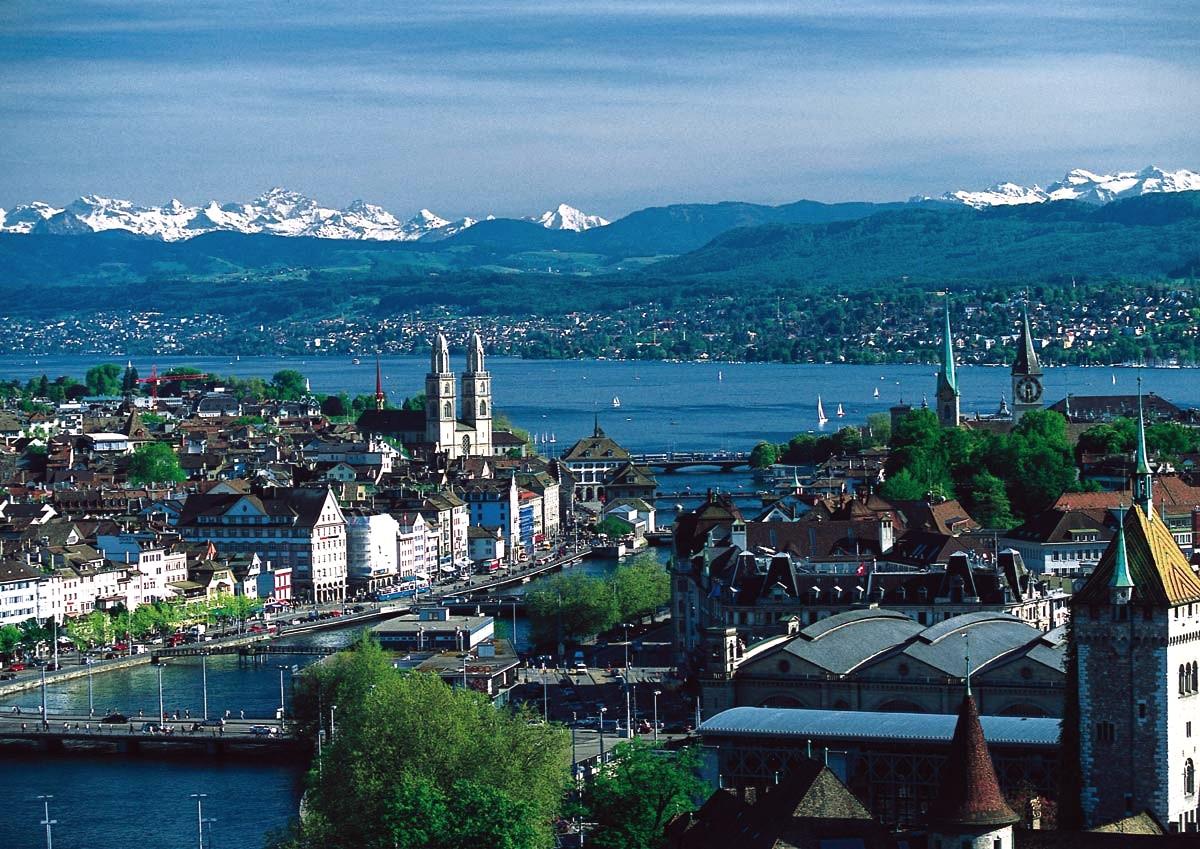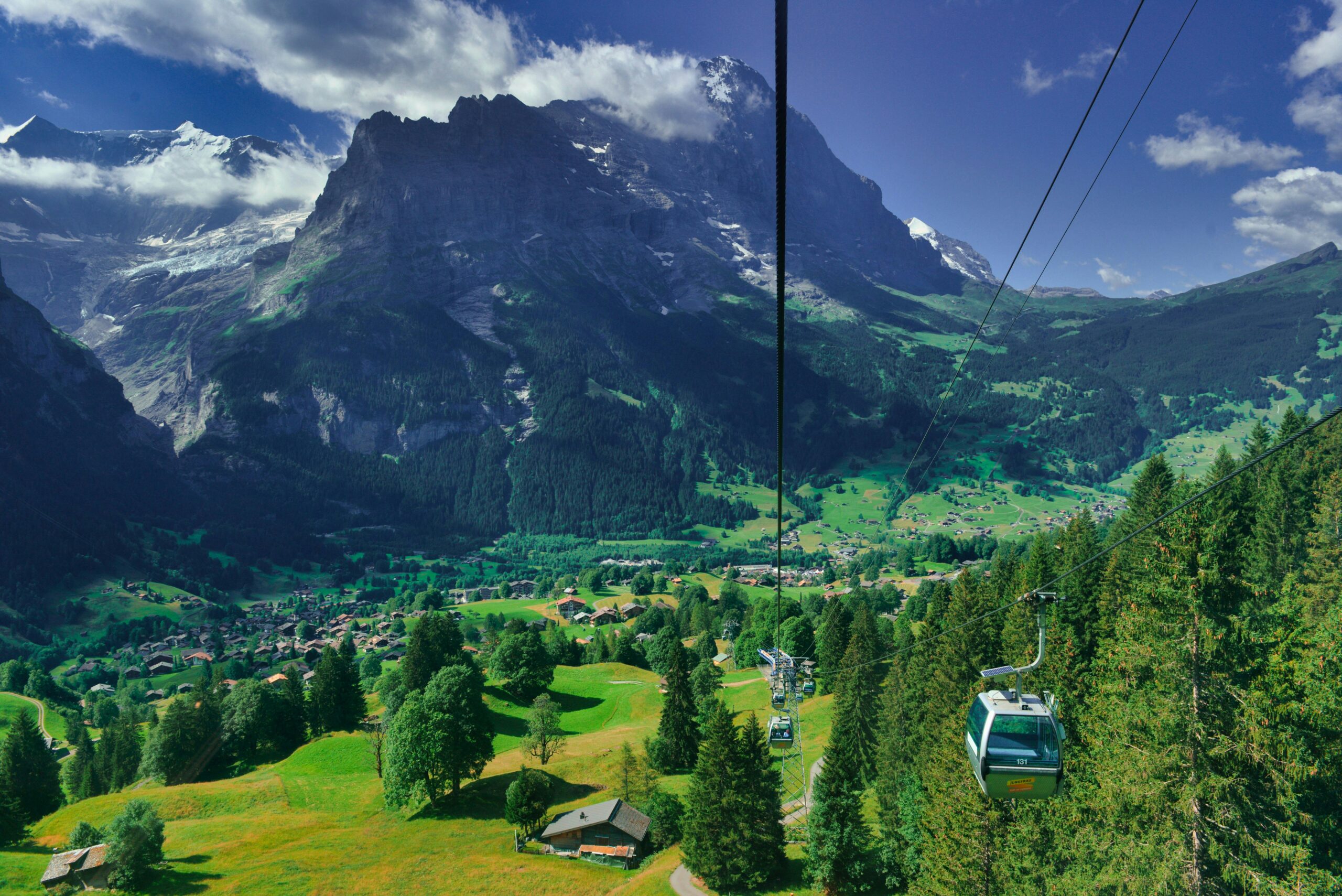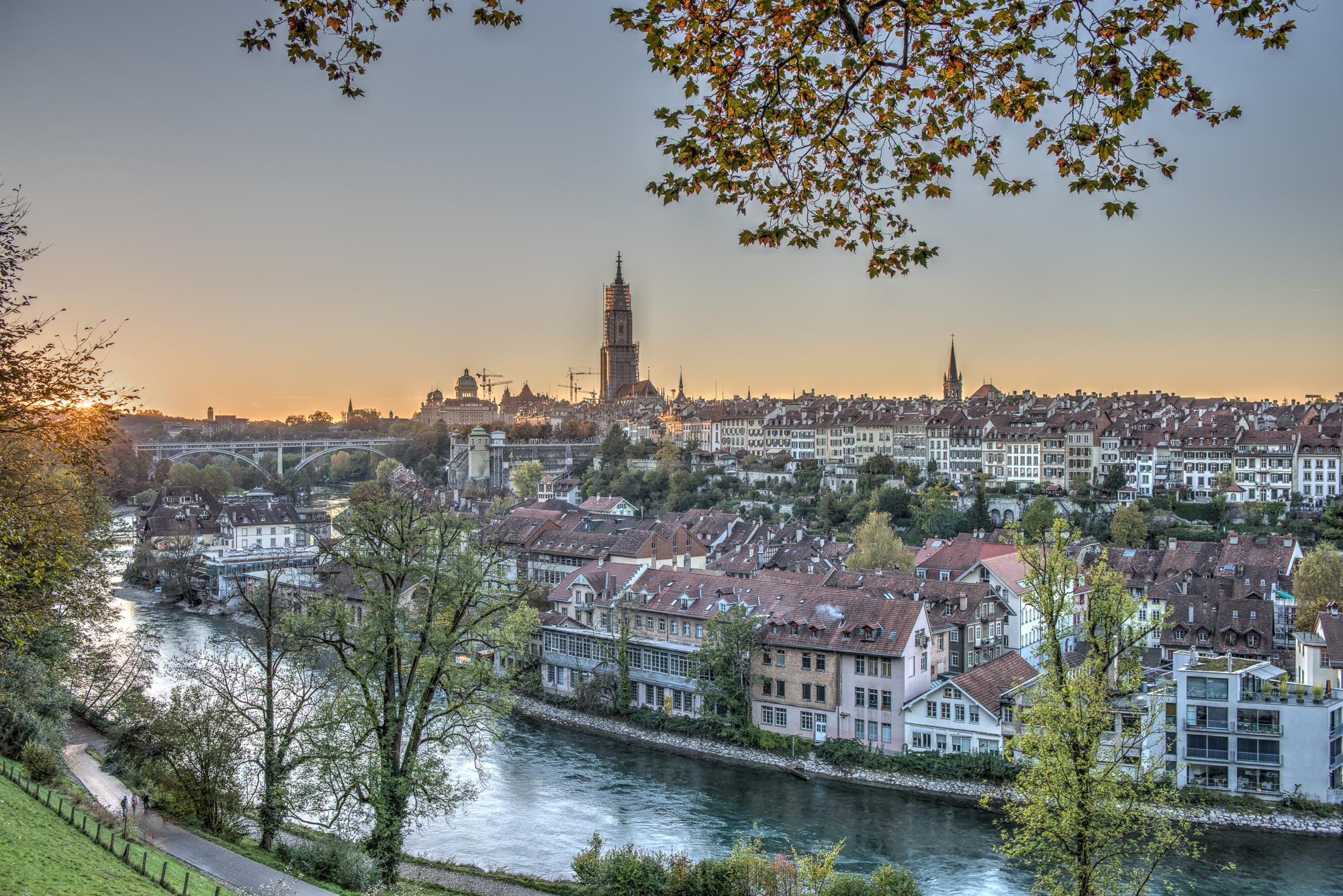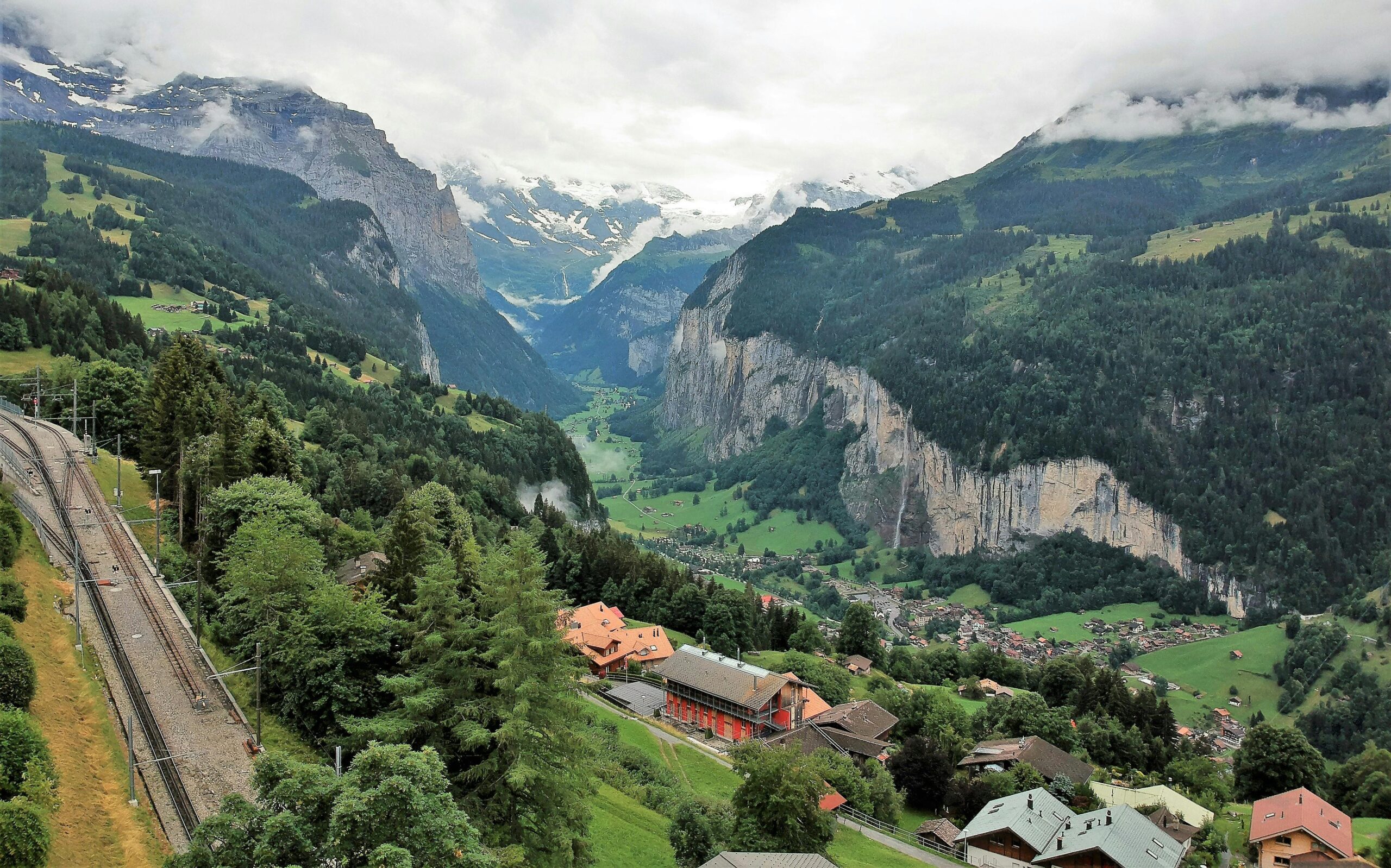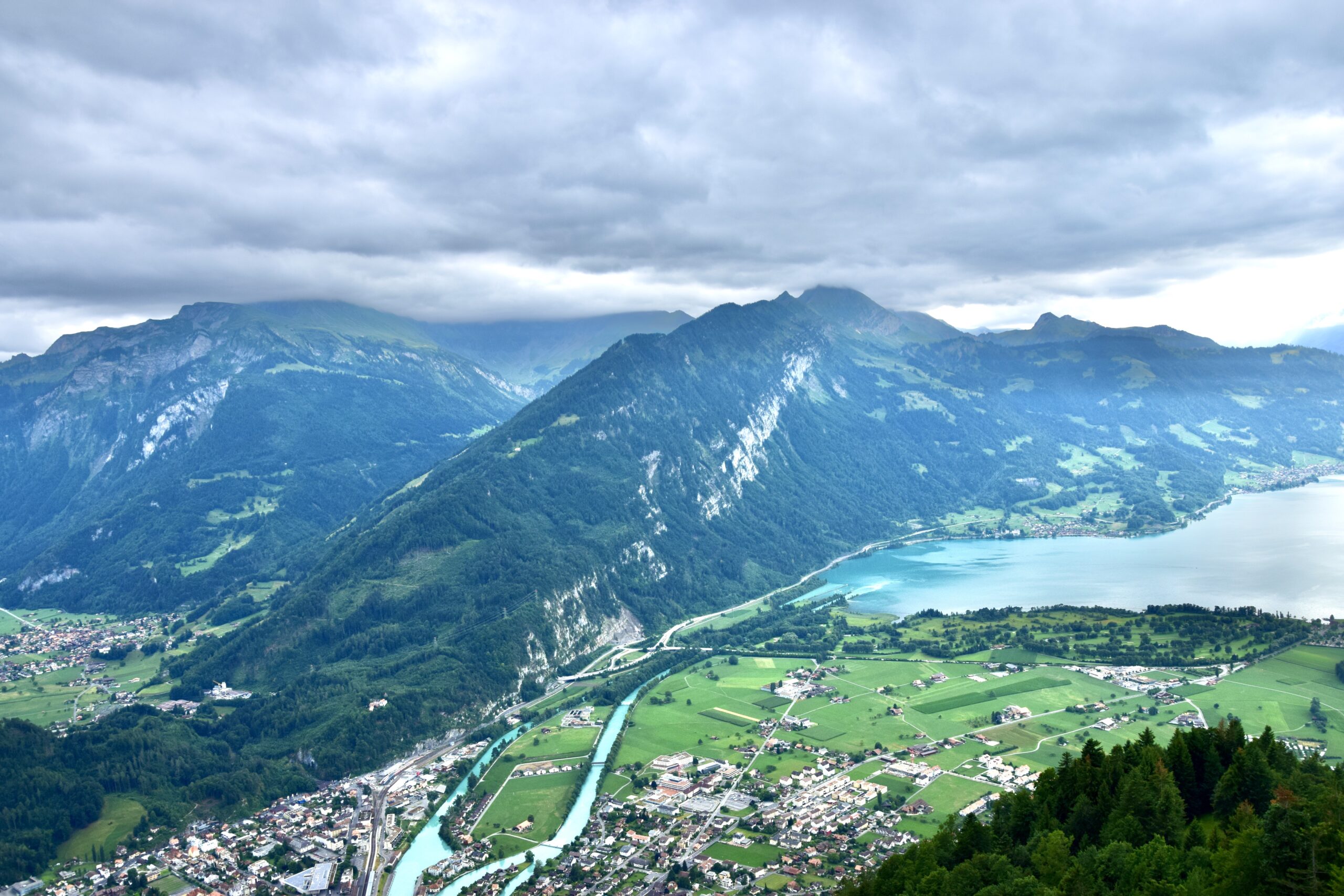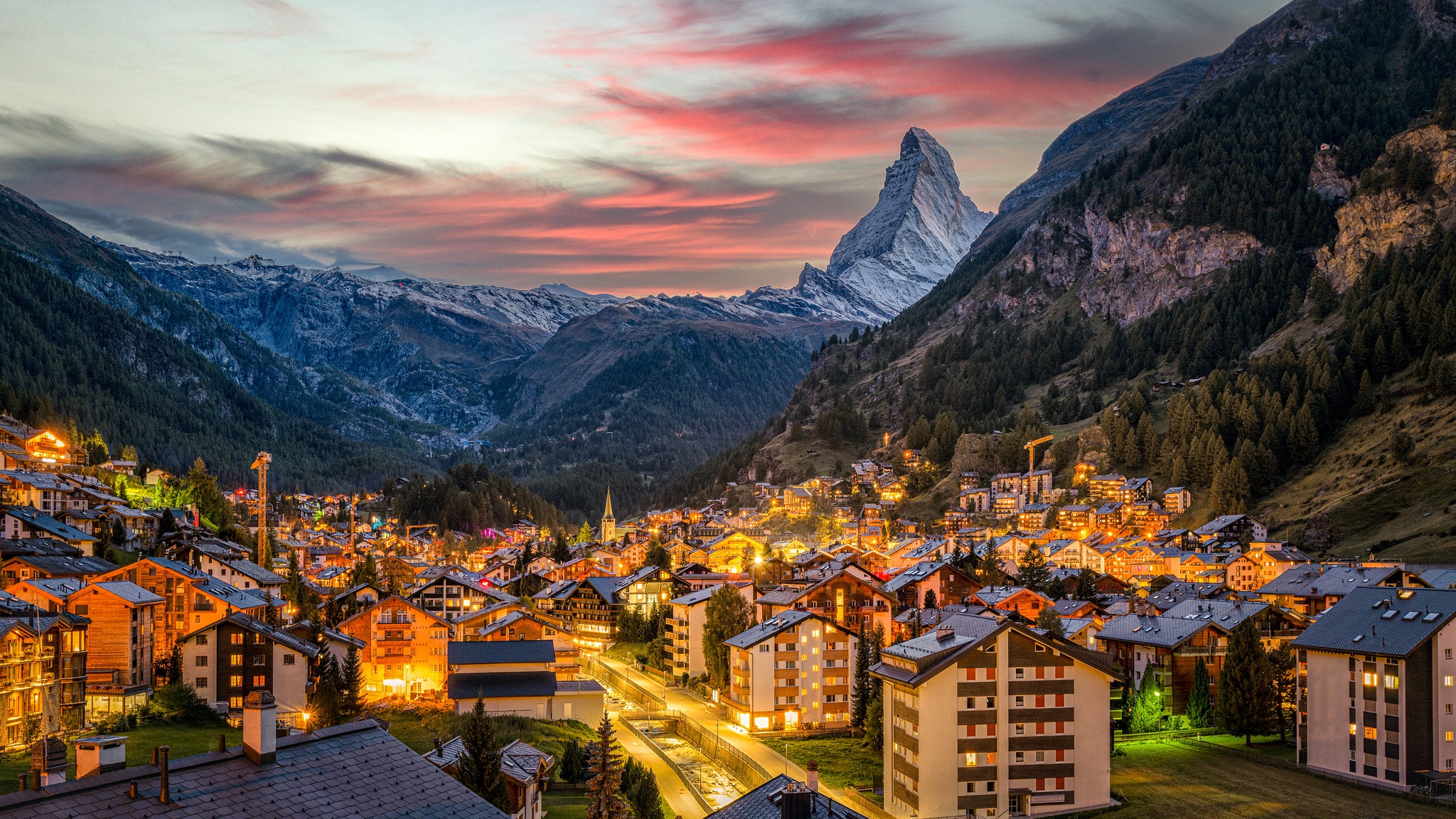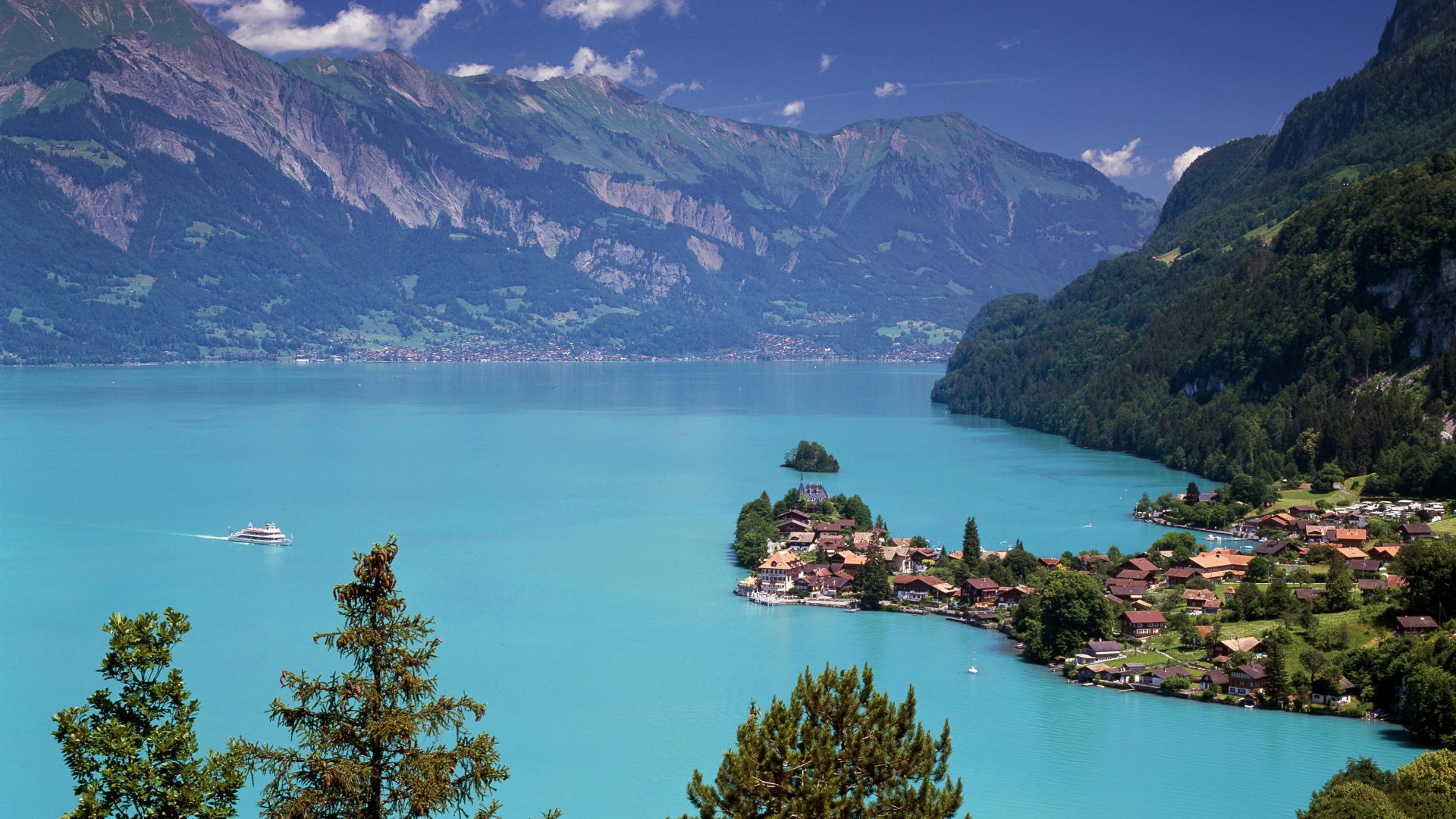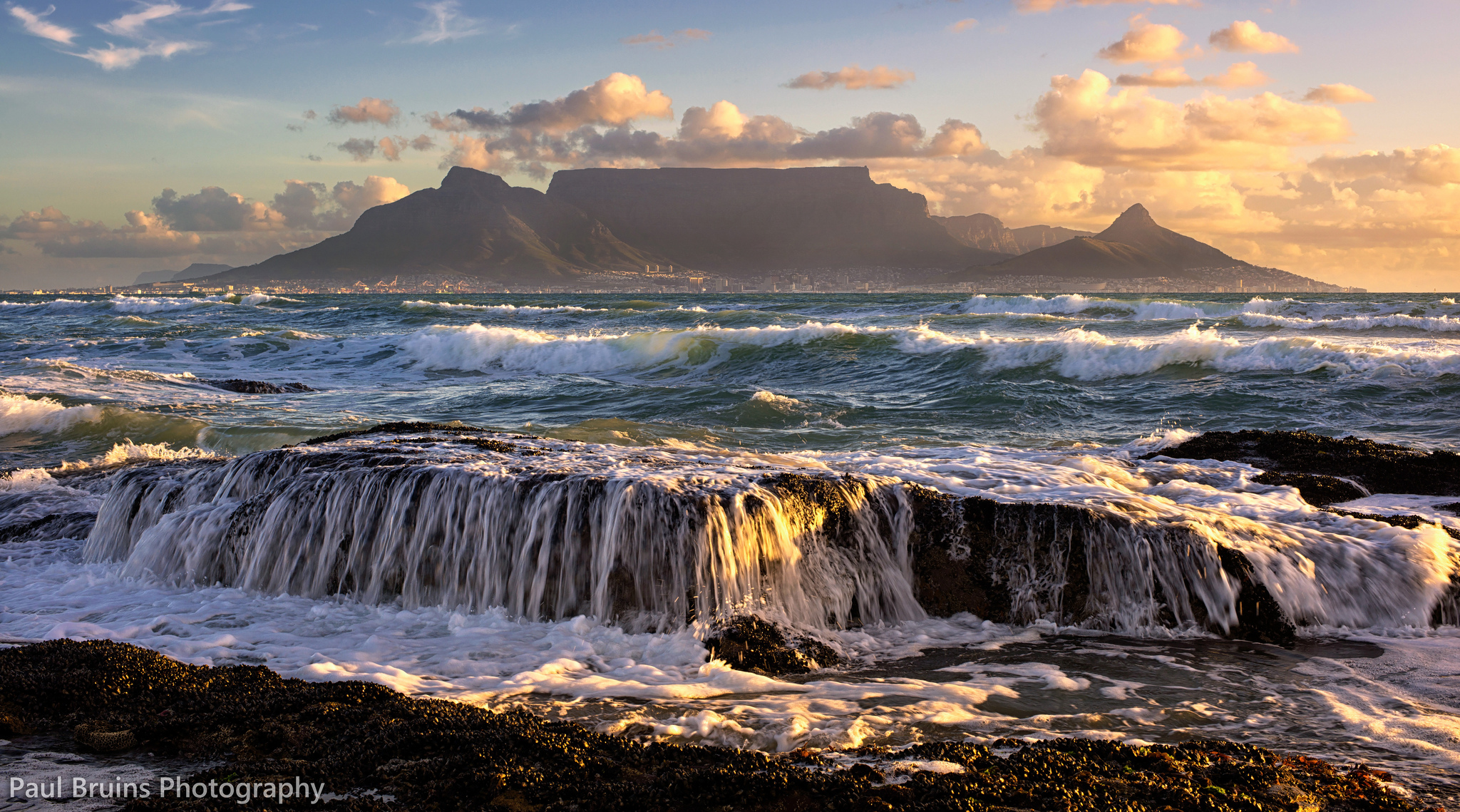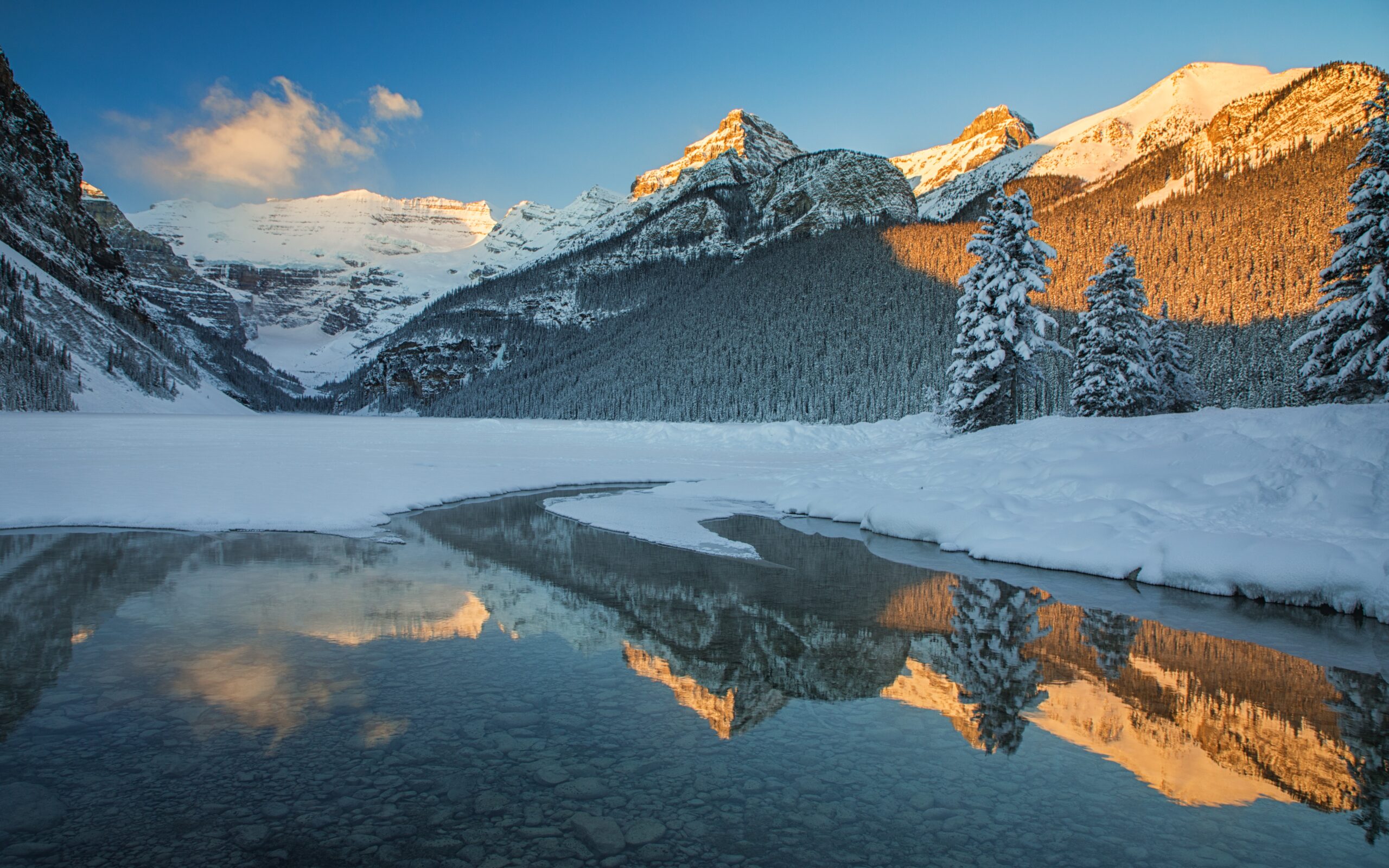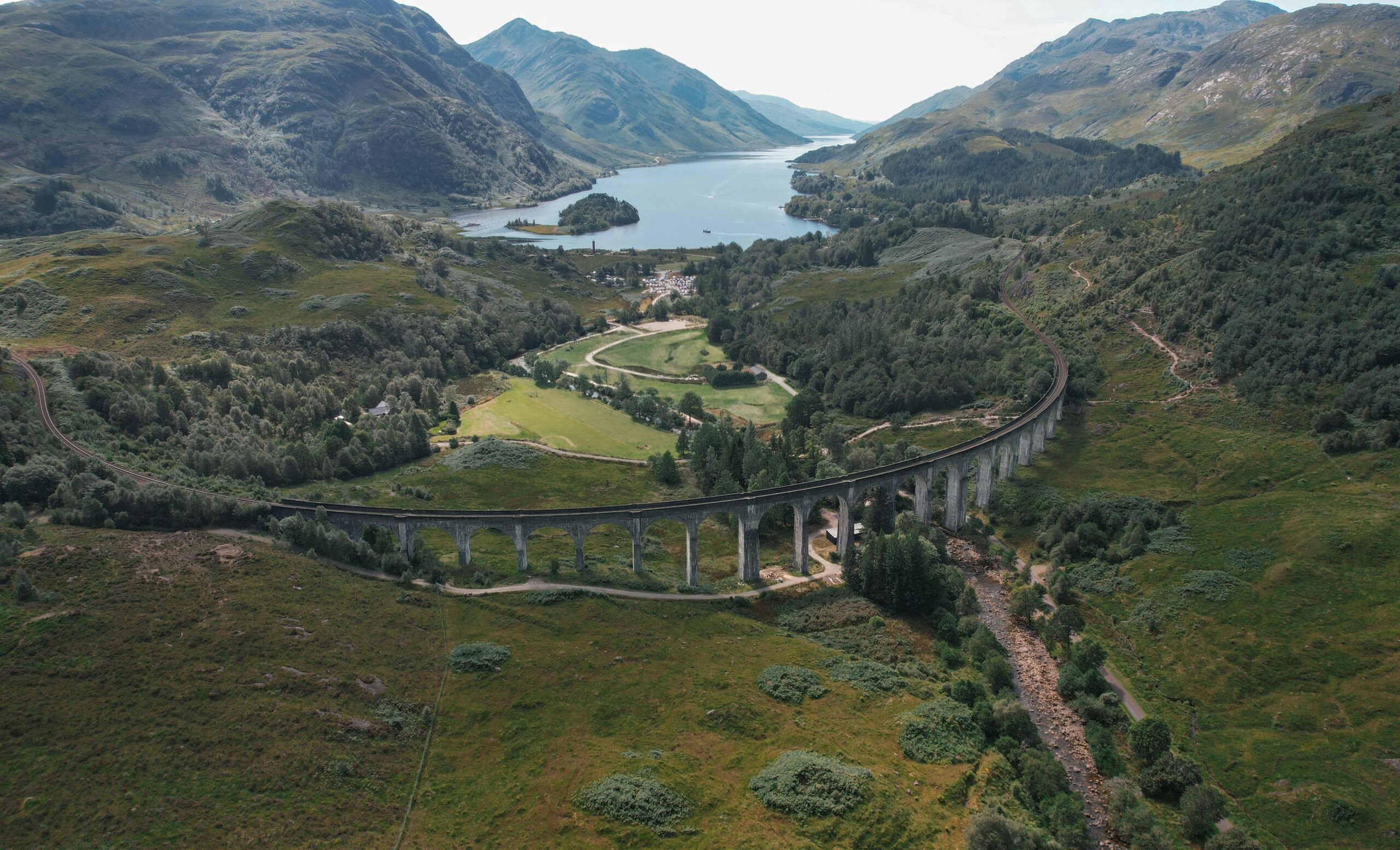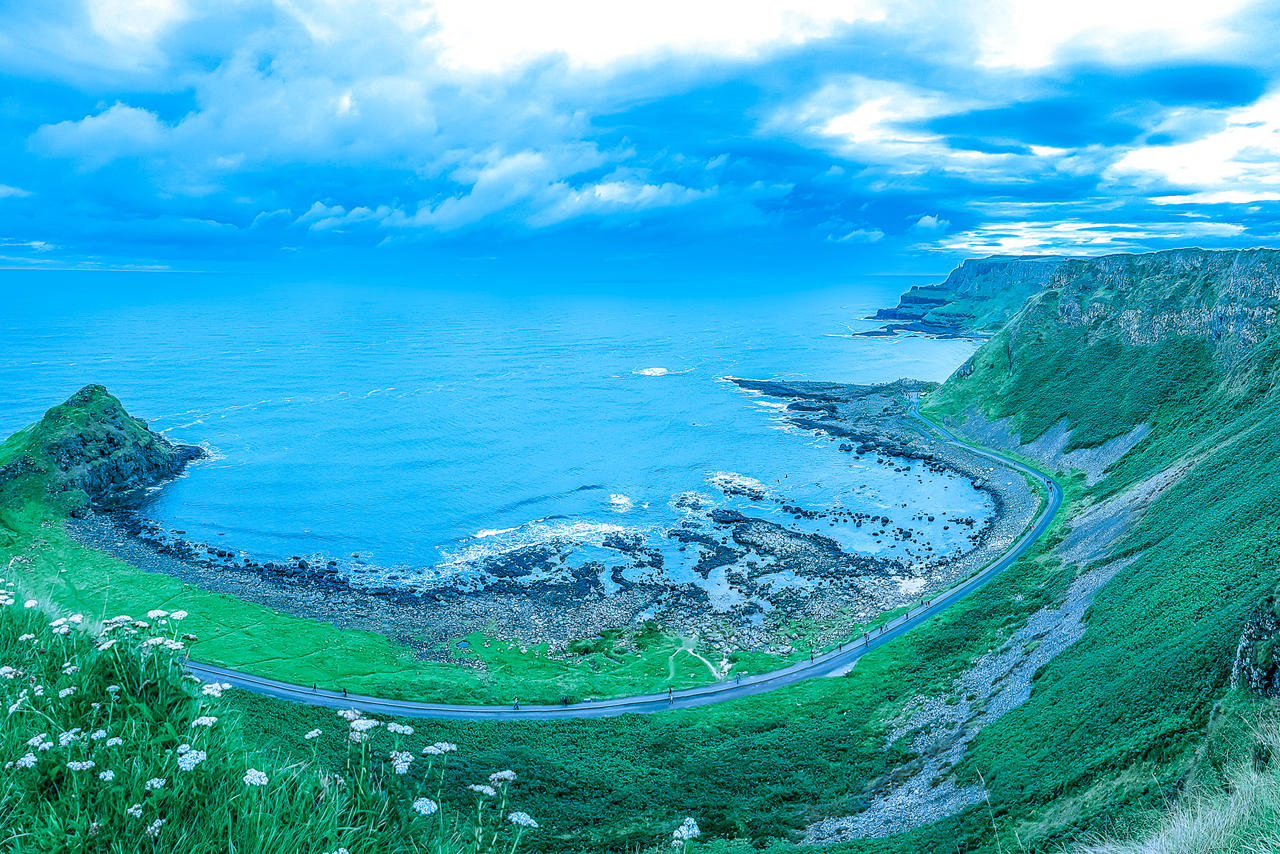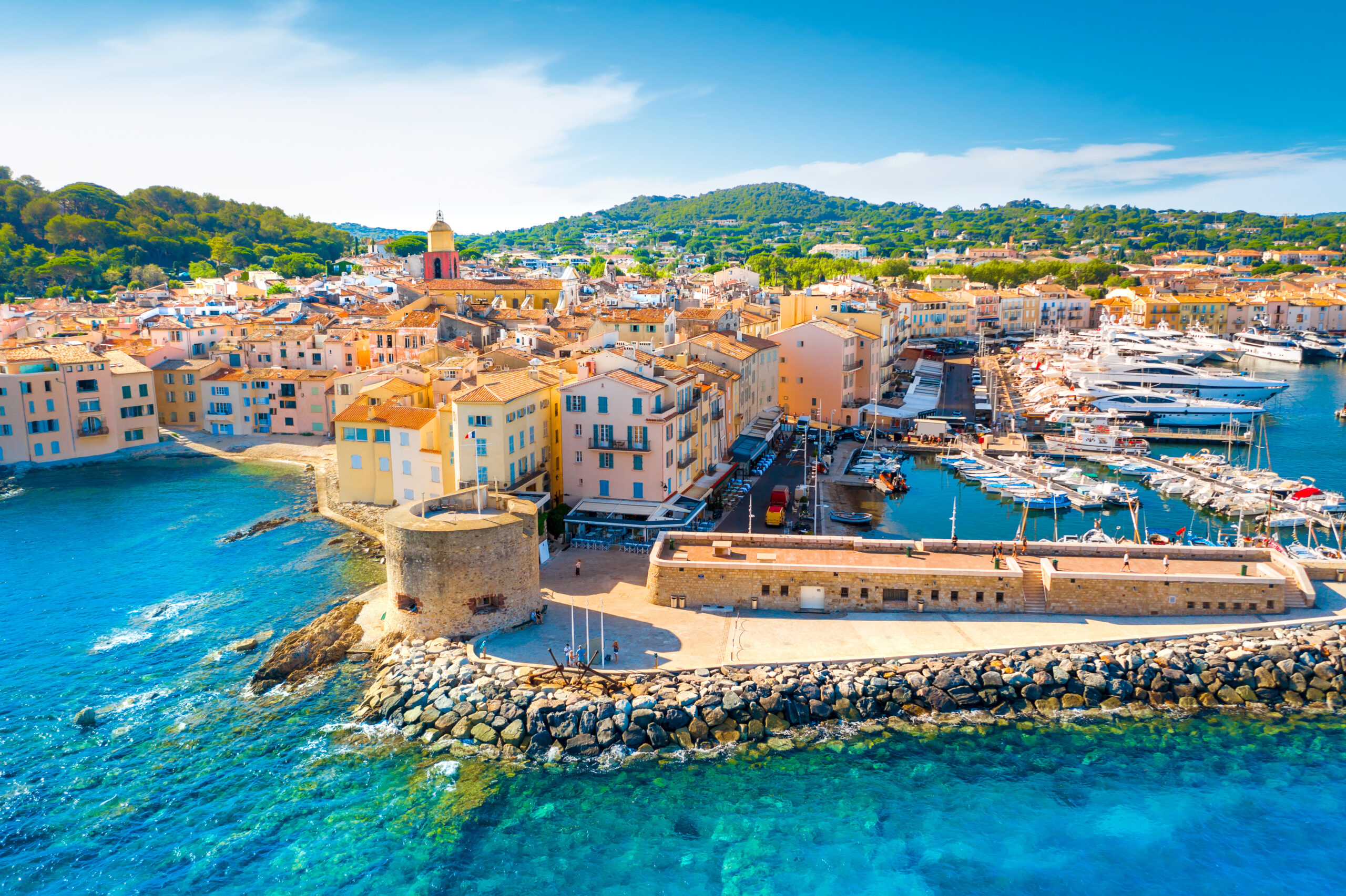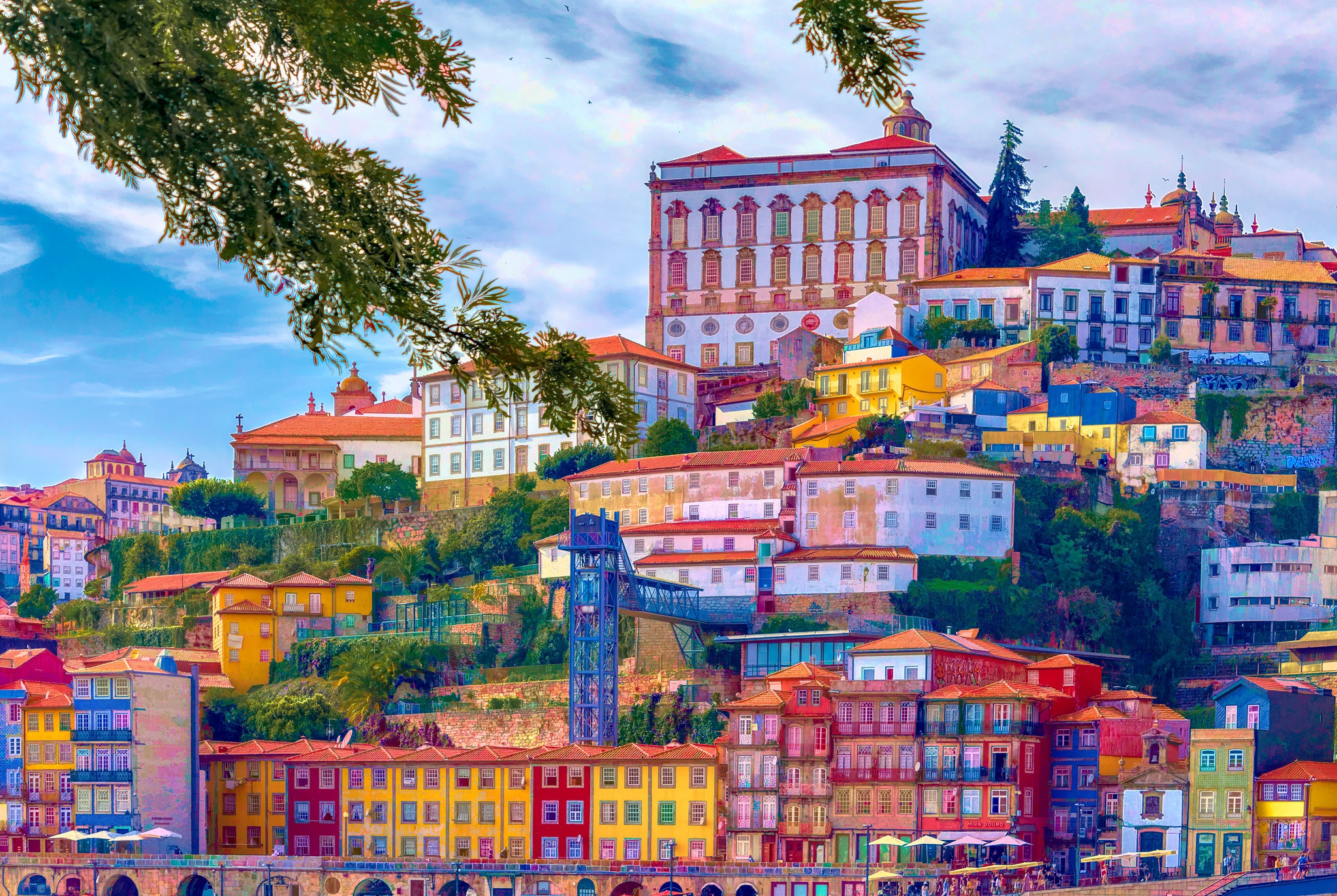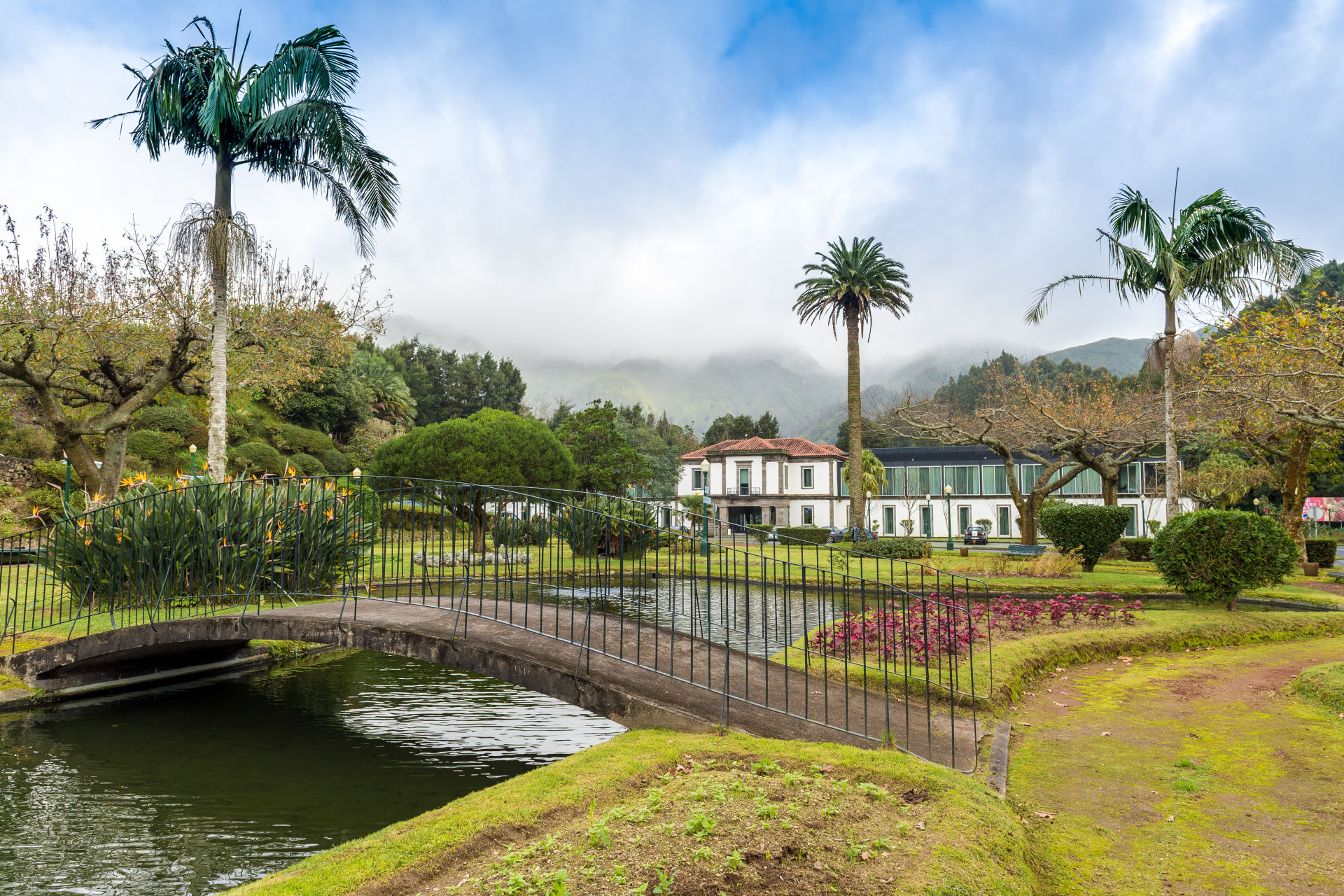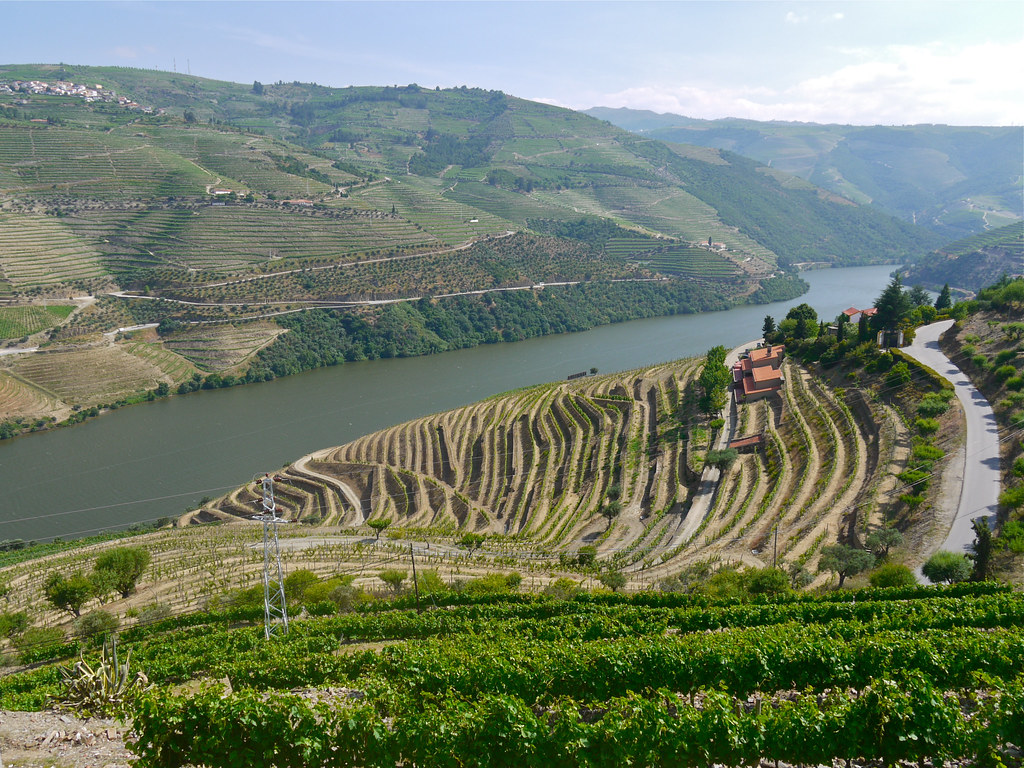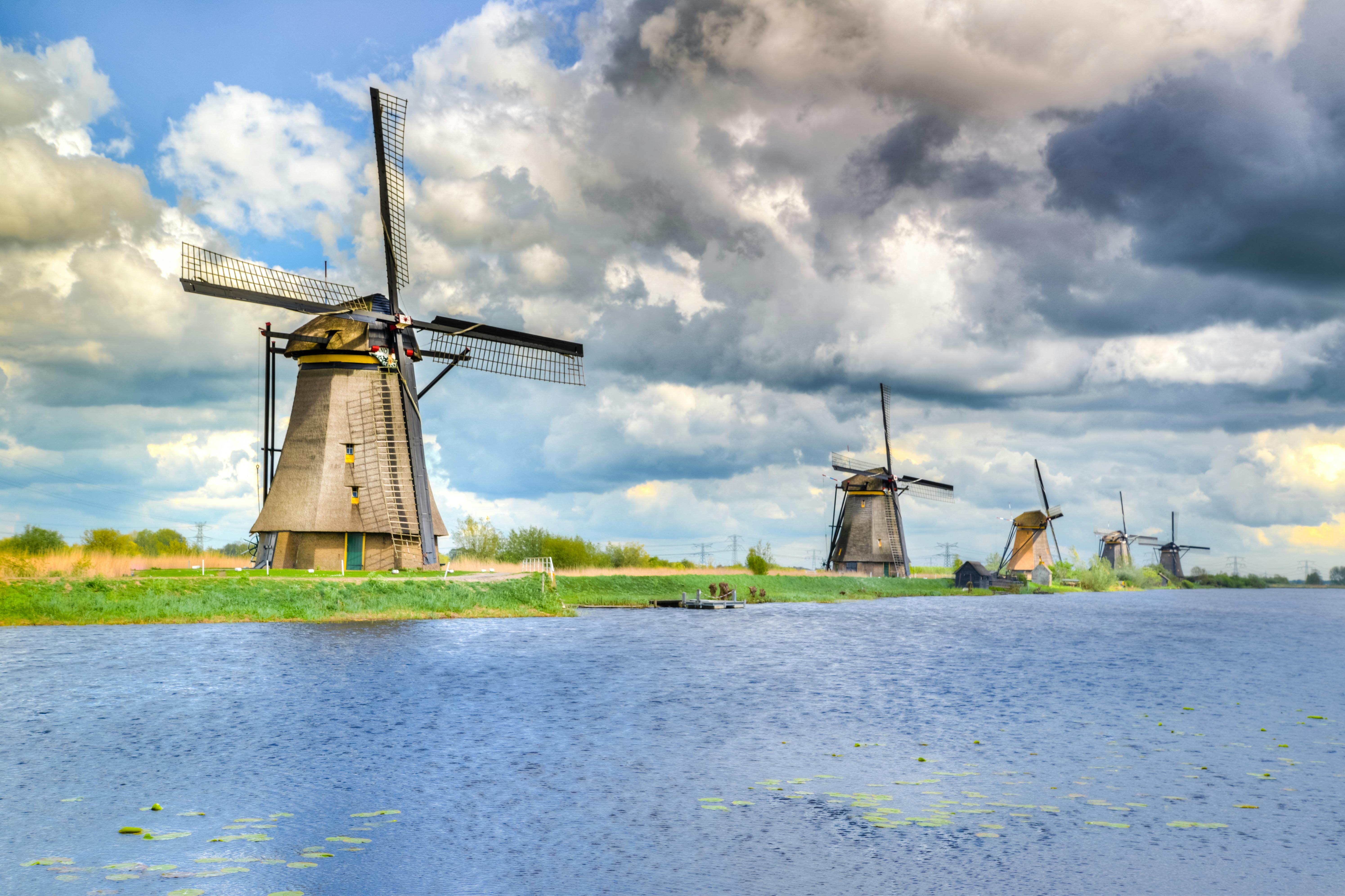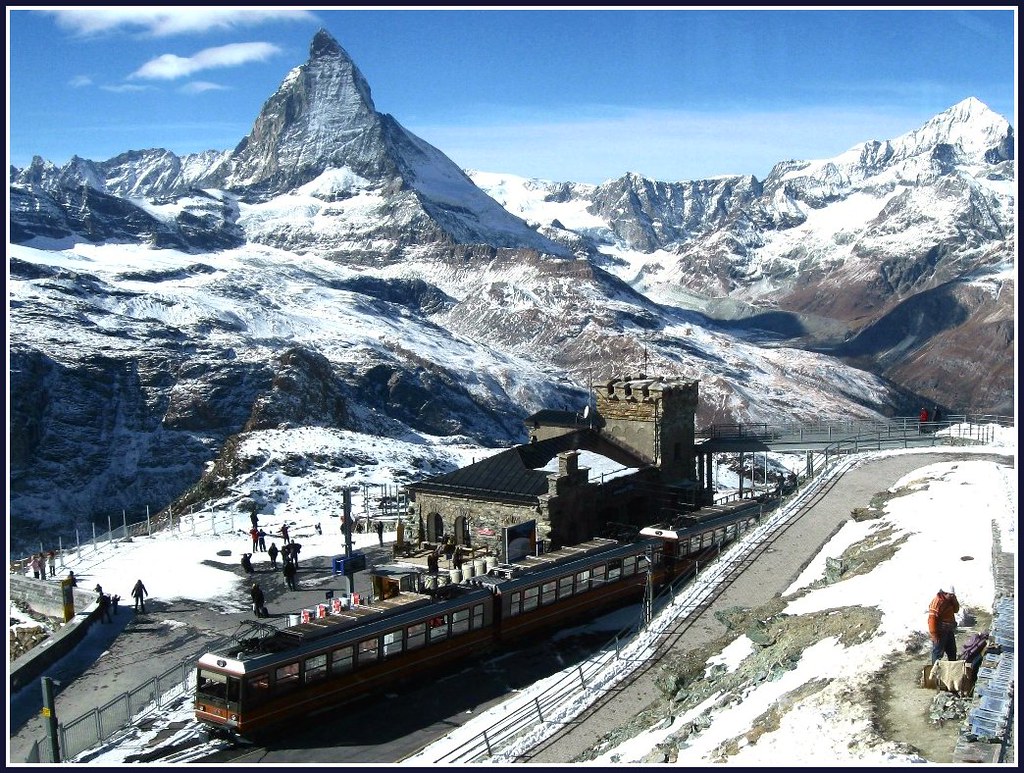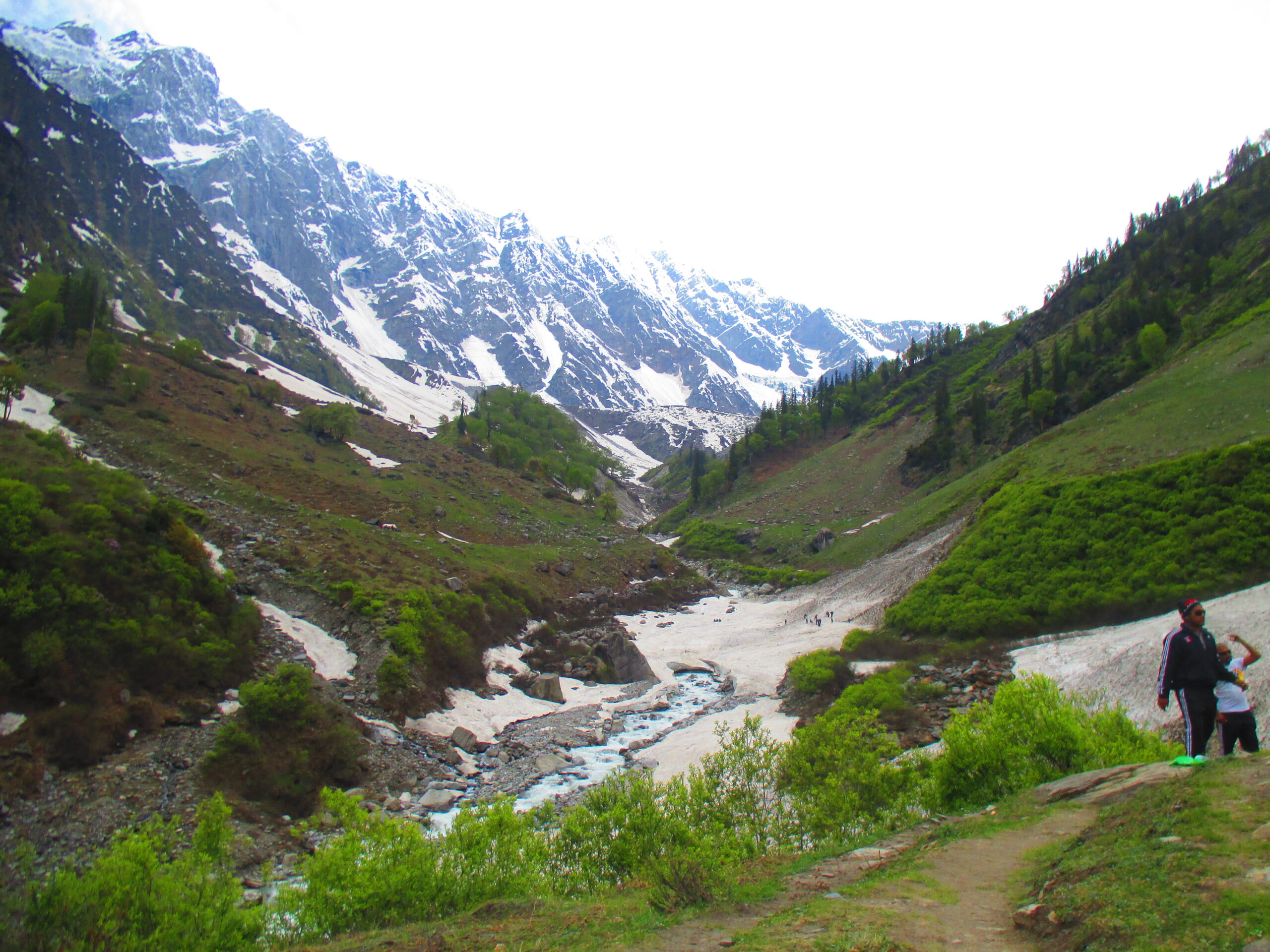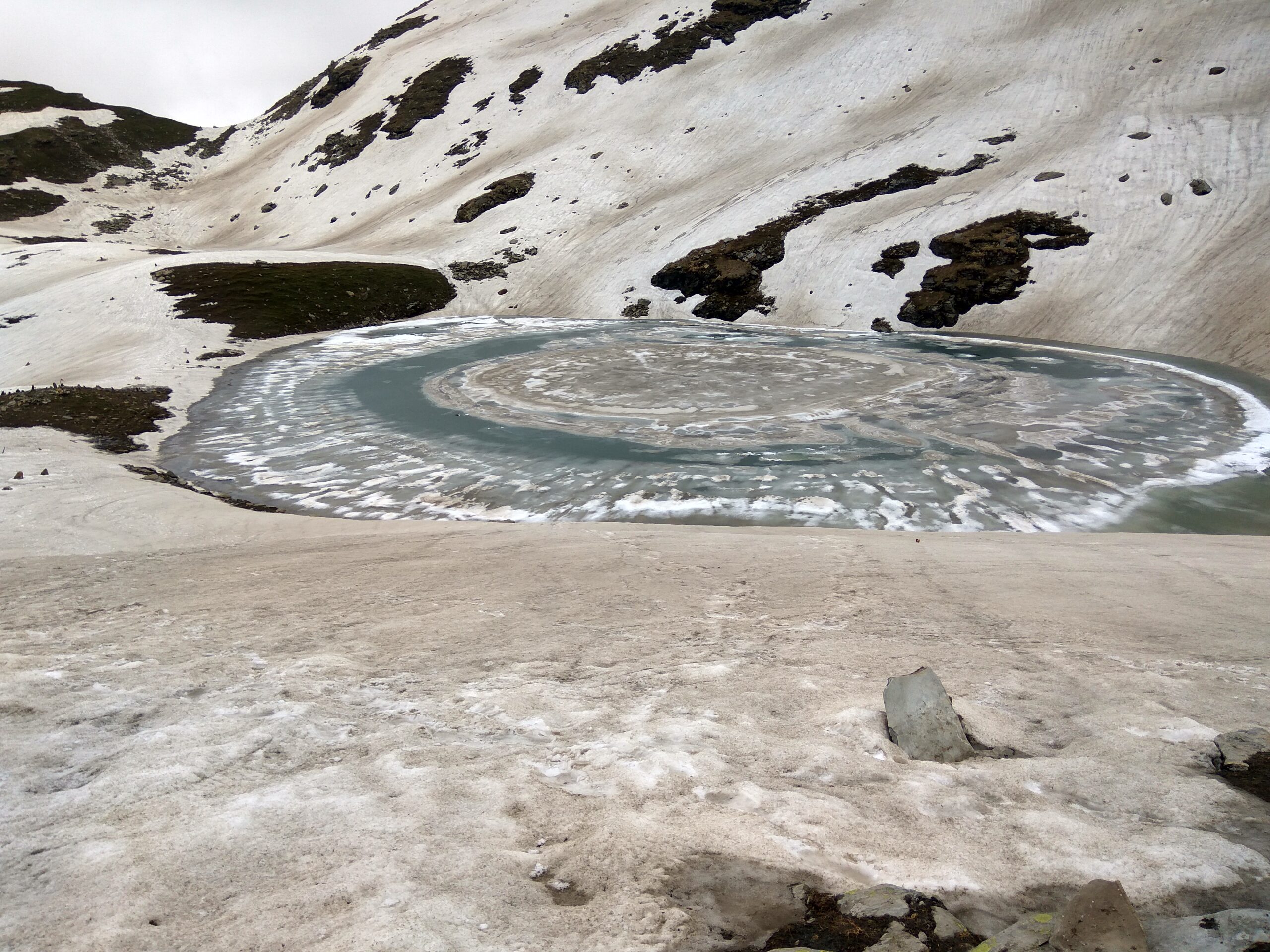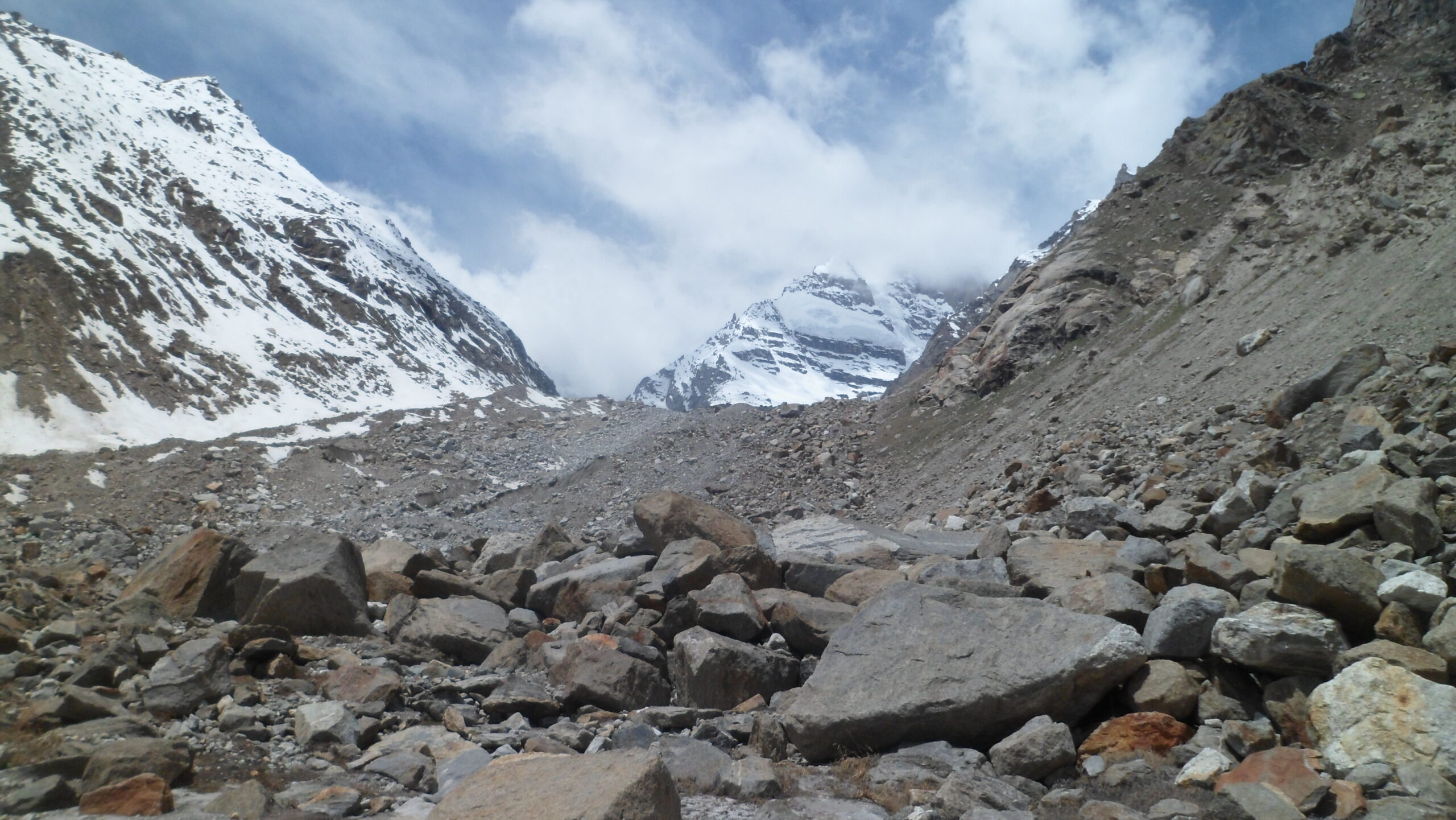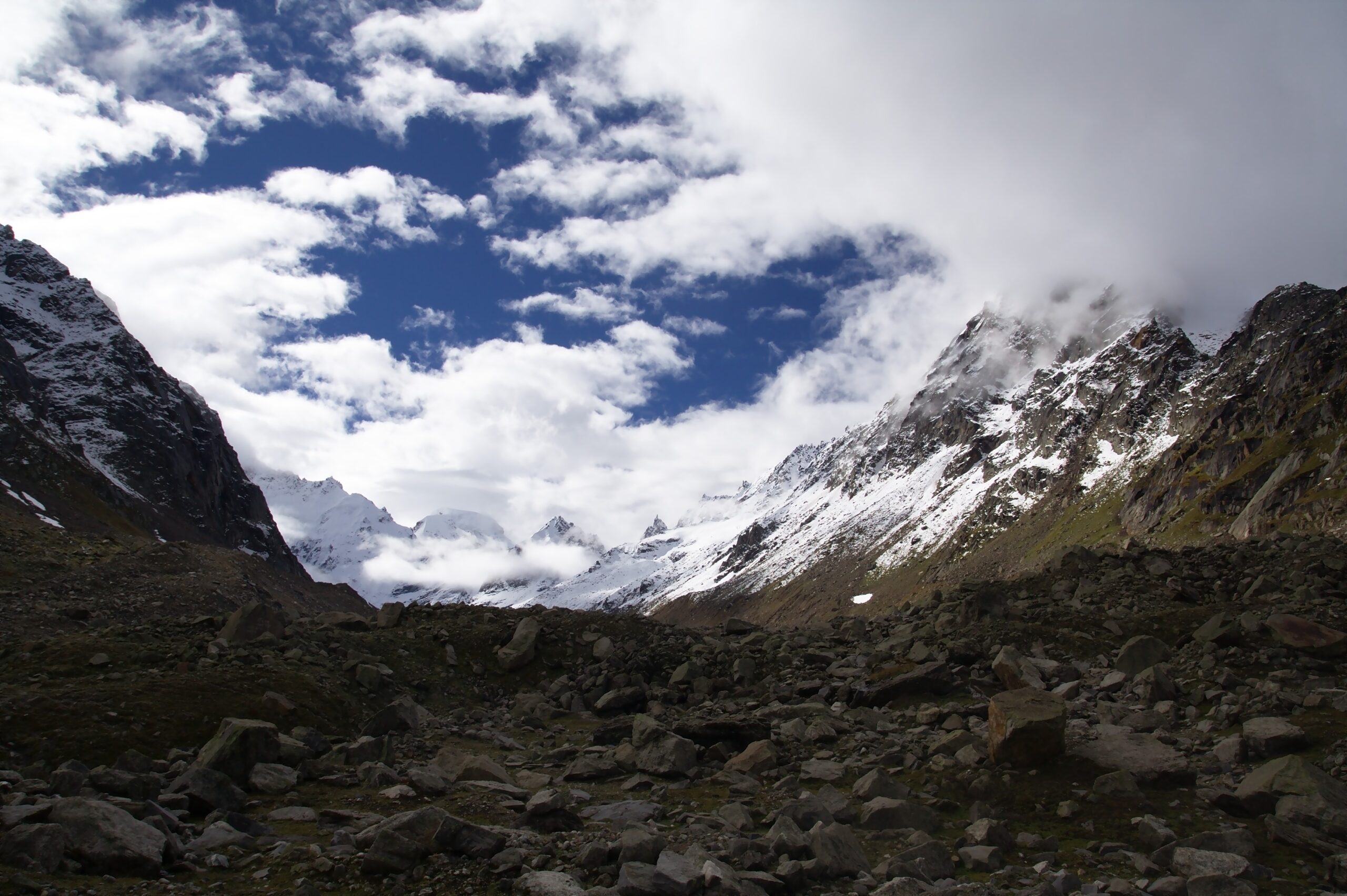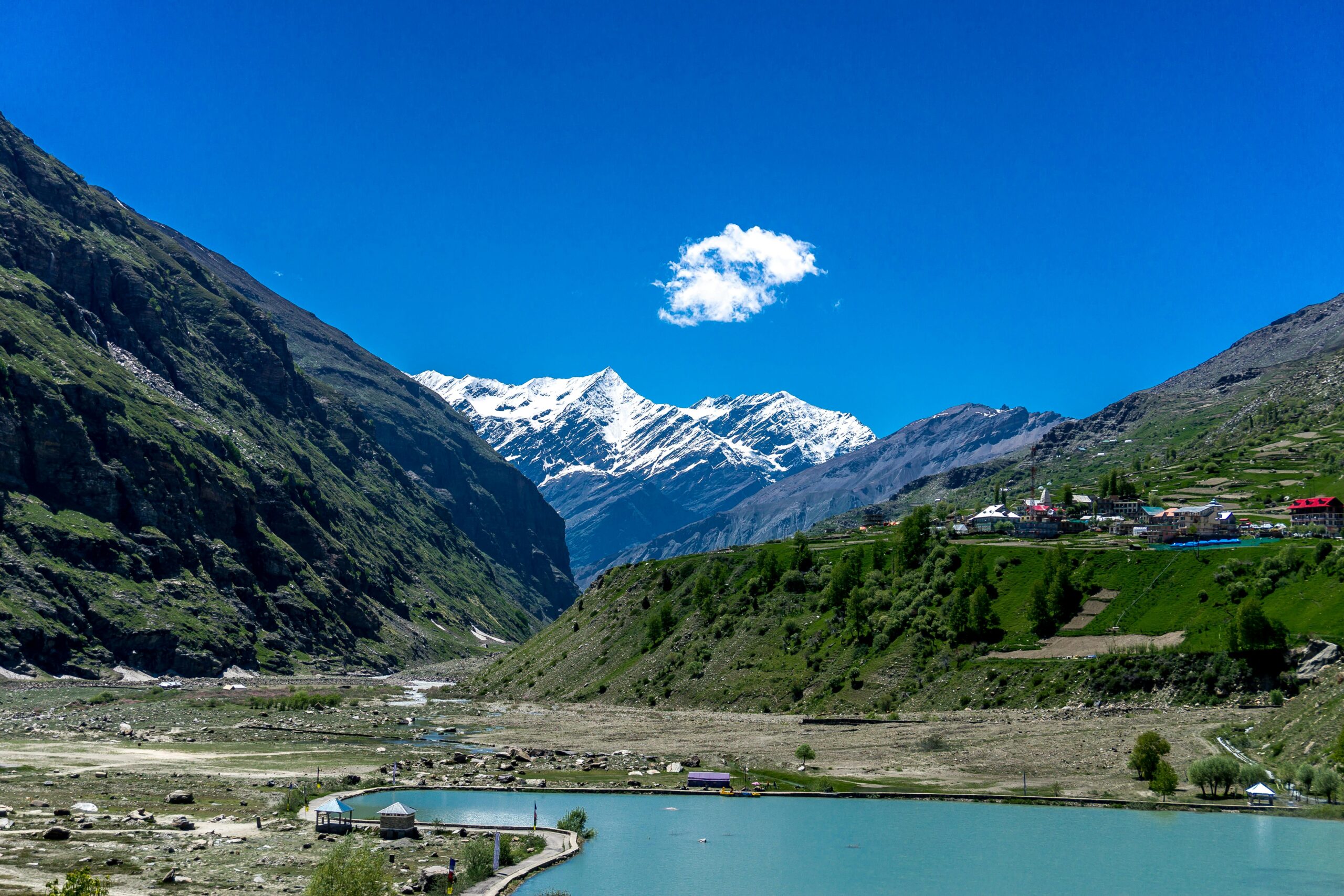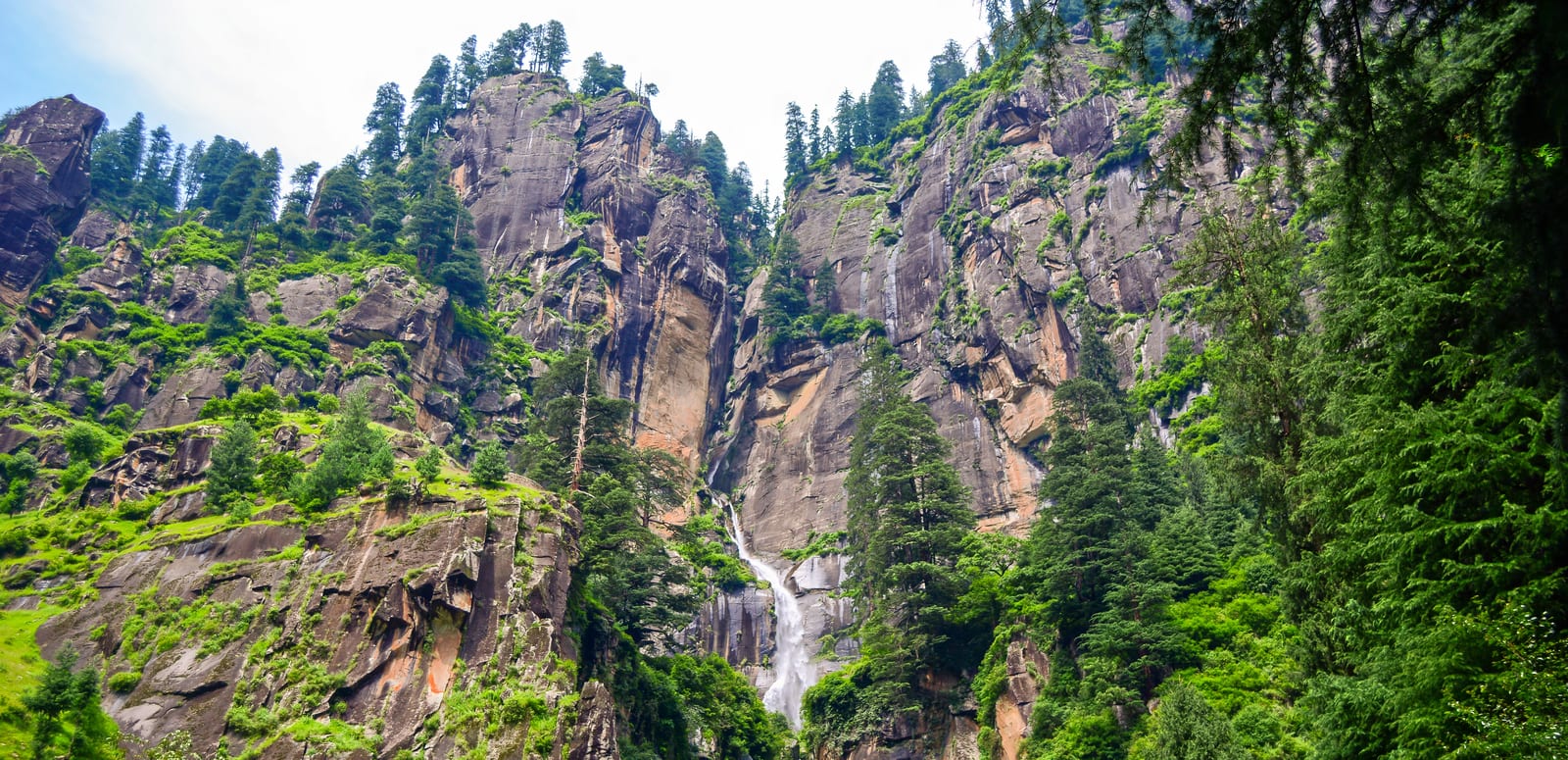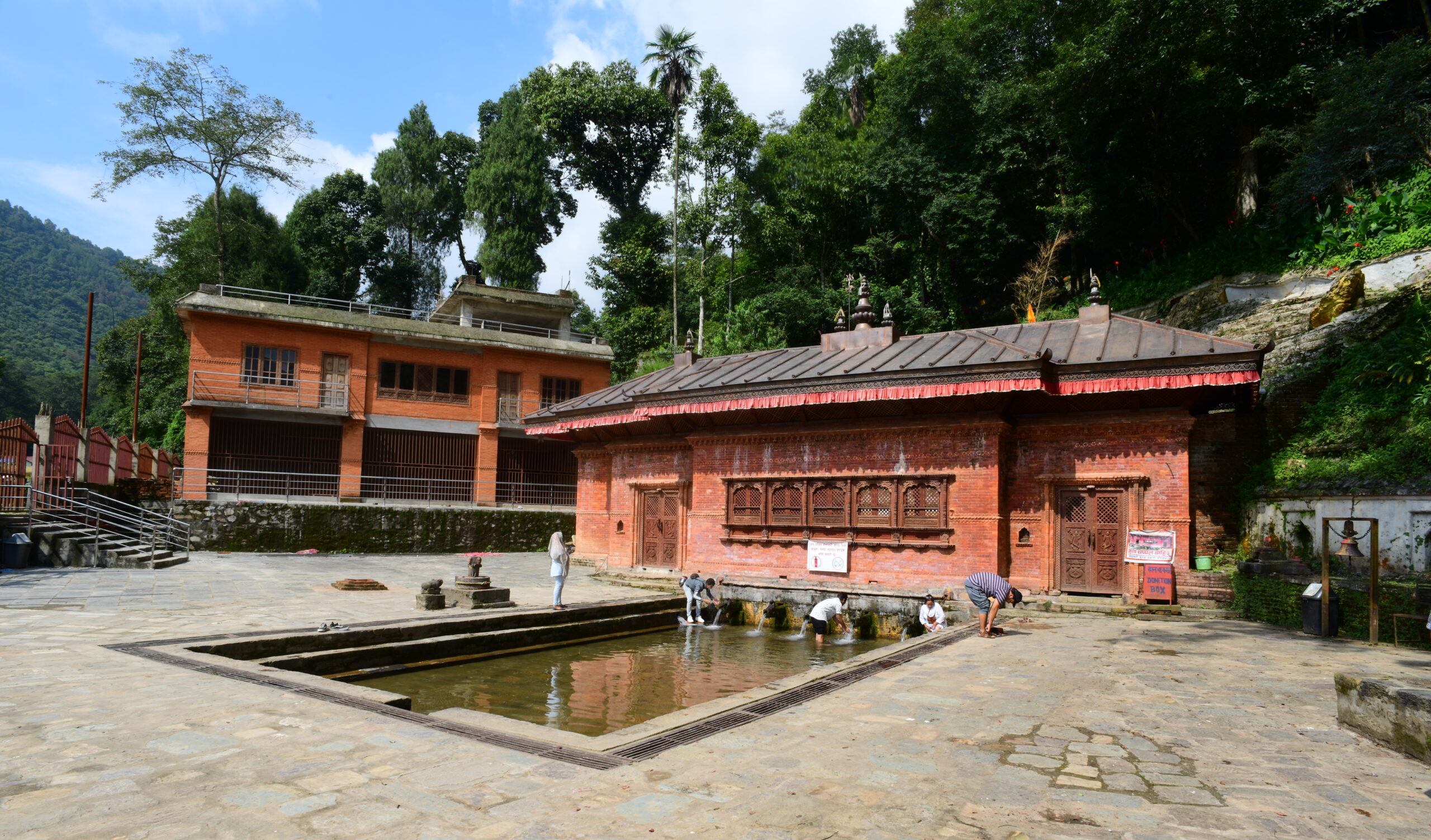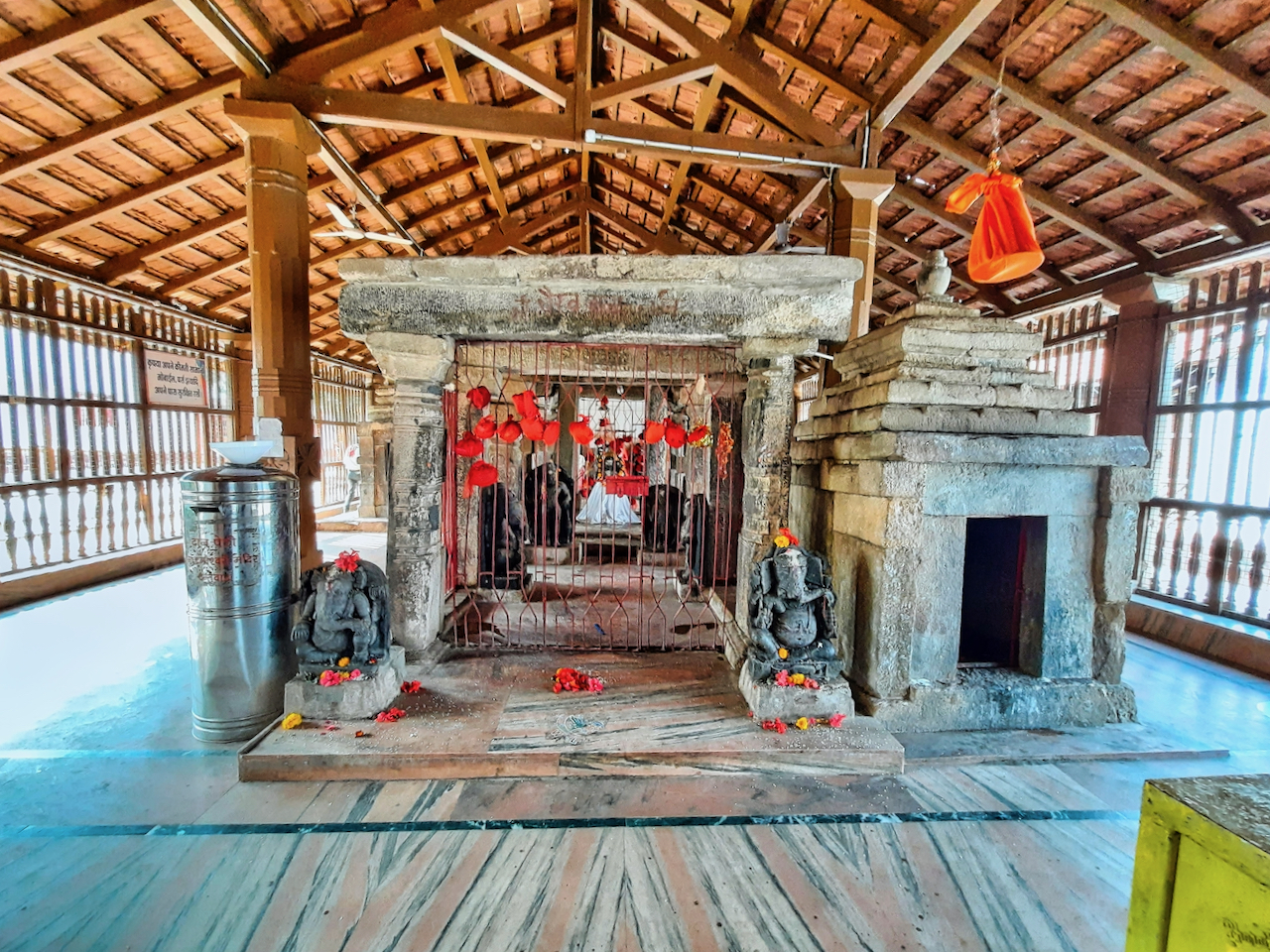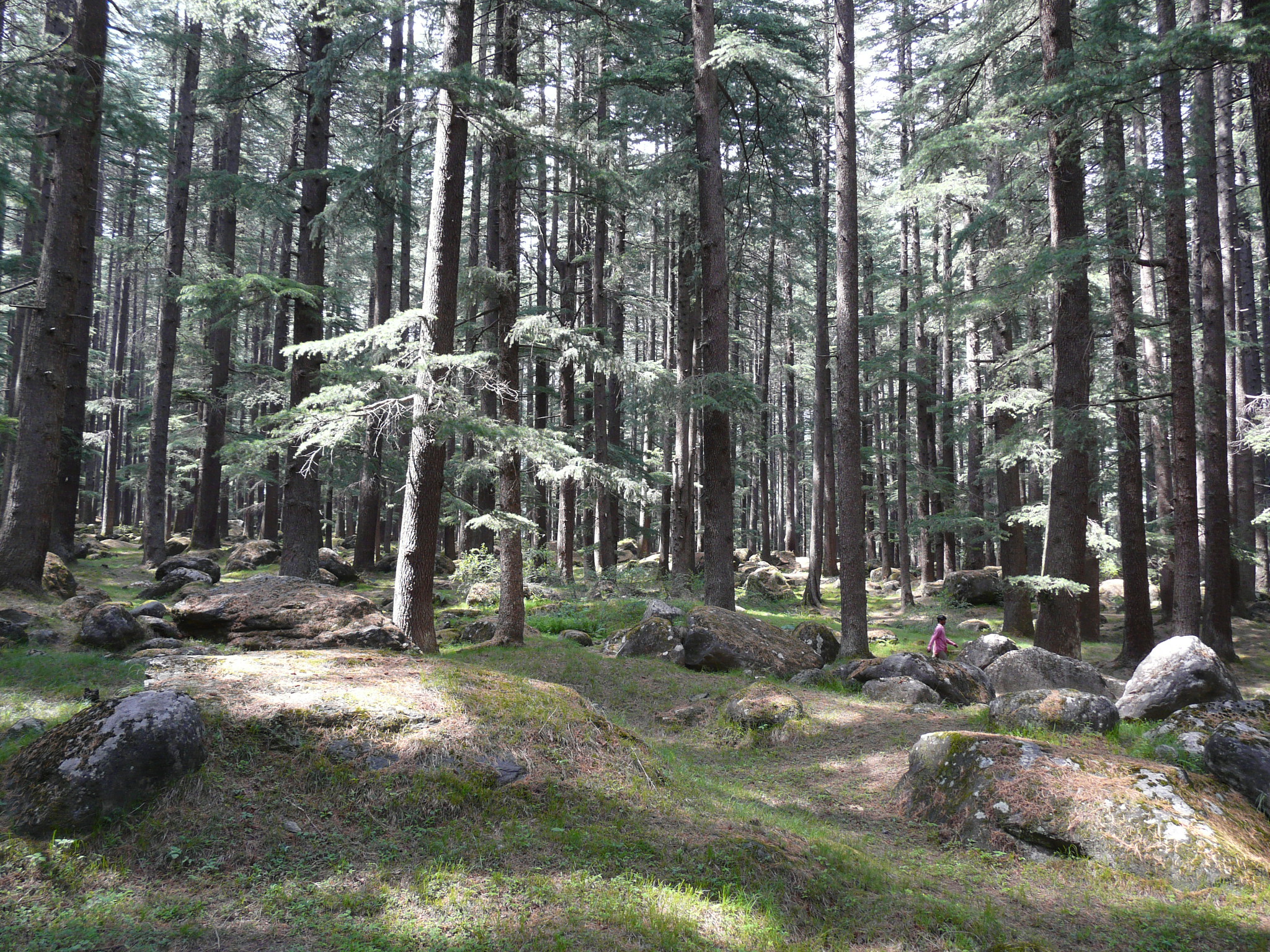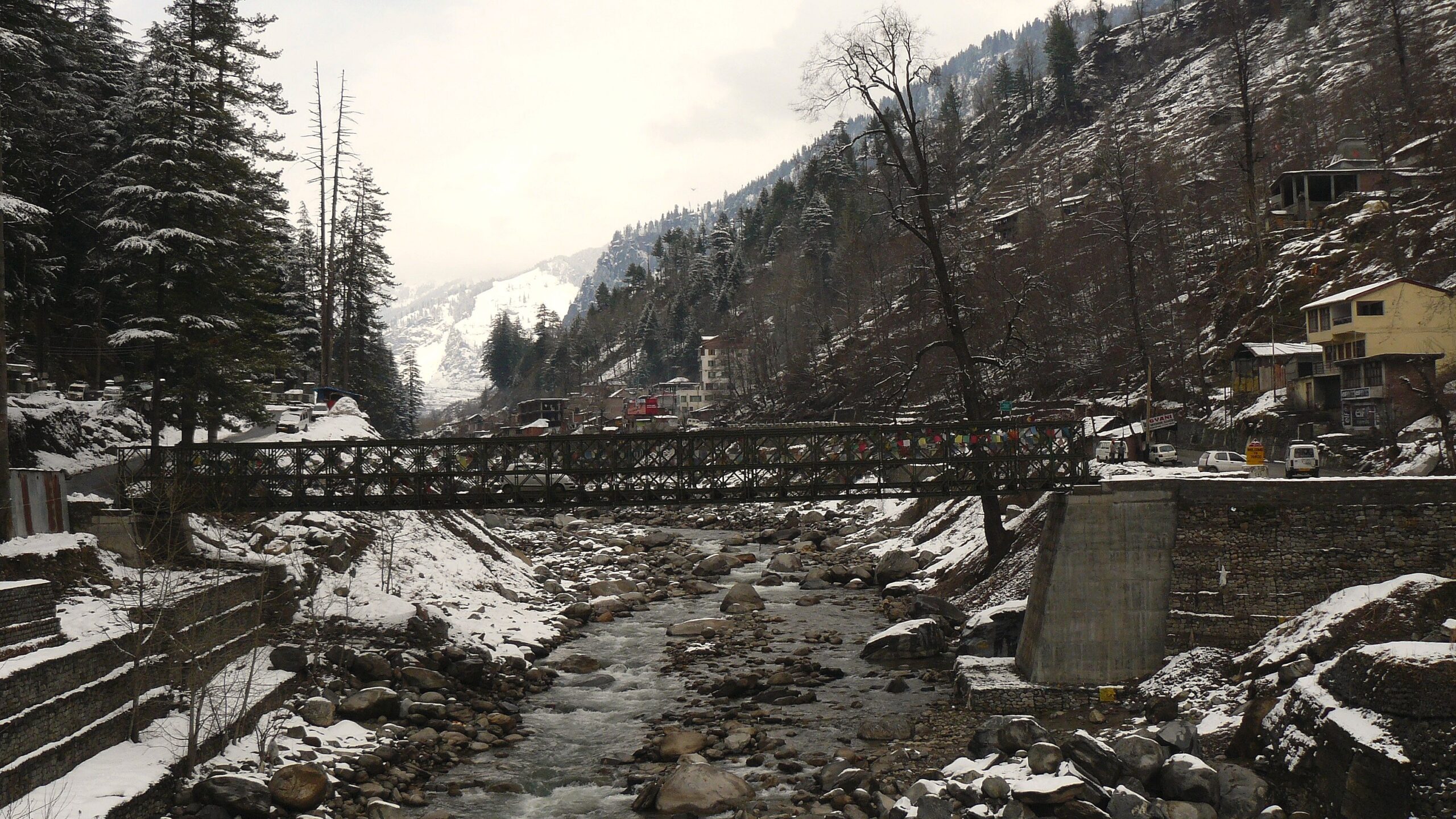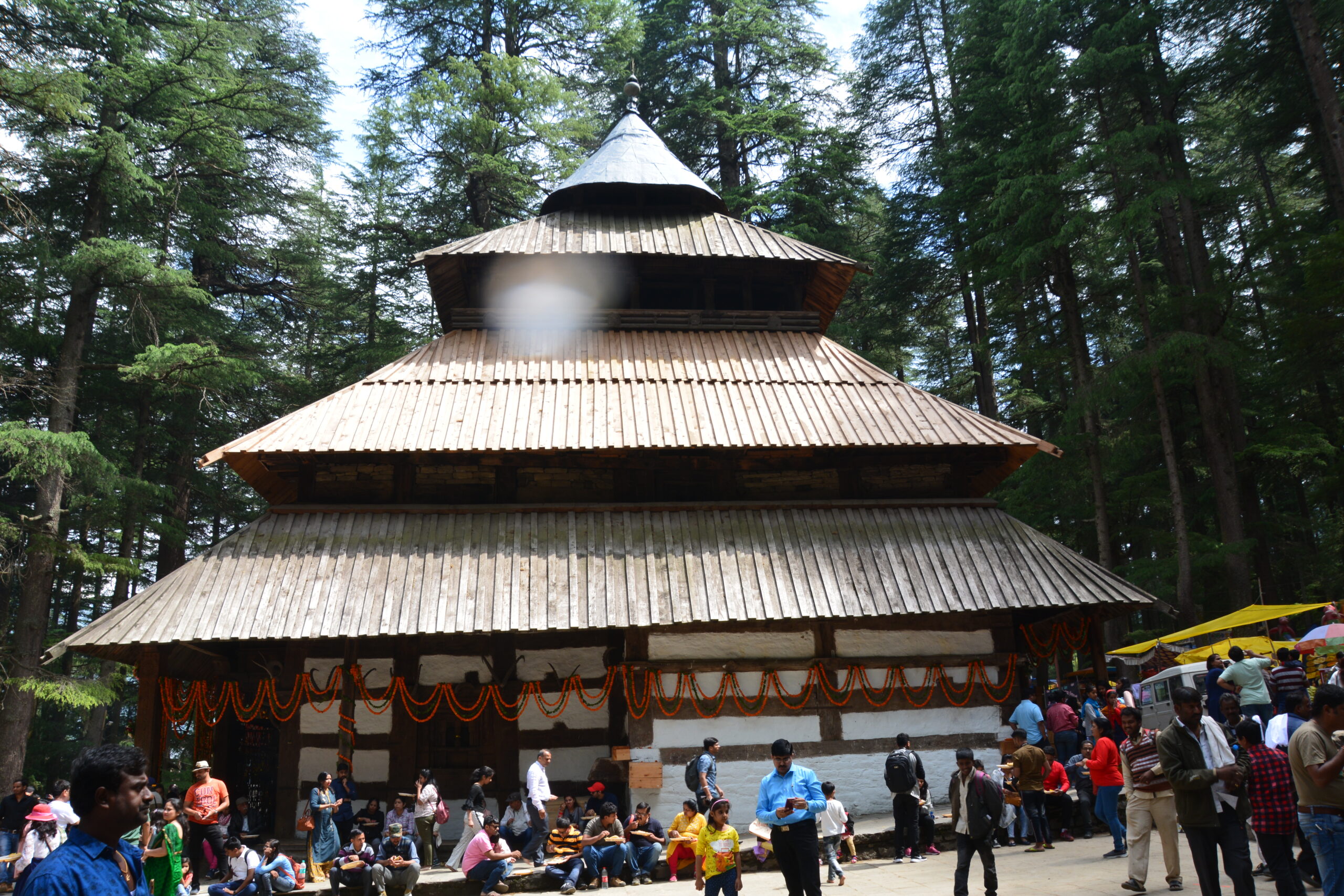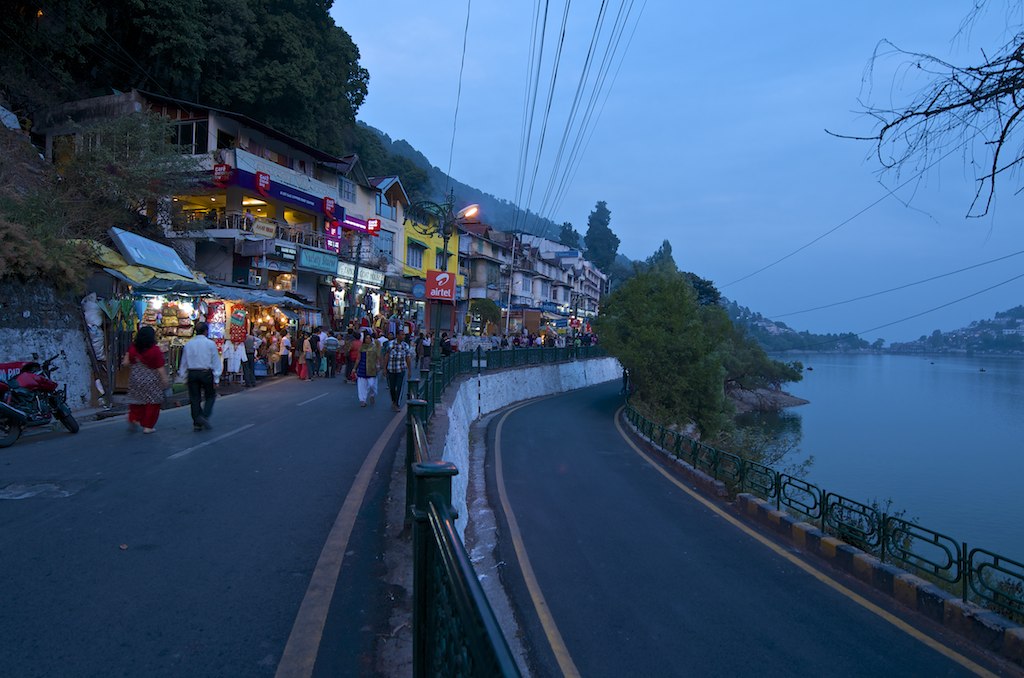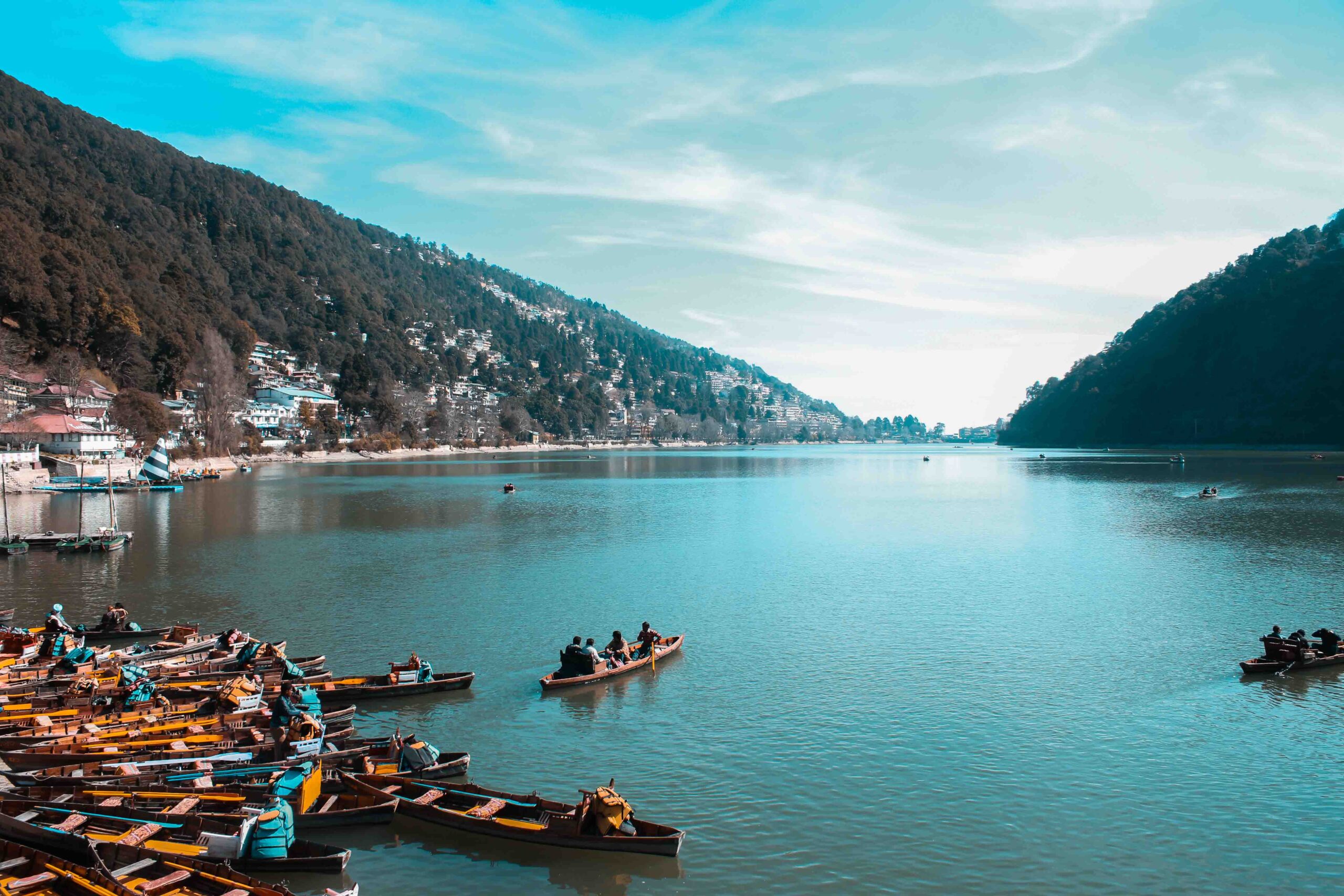
Norway, a country renowned for its awe-inspiring natural beauty, offers some of the most stunning destinations in the world. From majestic fjords to vibrant cities, this Scandinavian gem provides a unique blend of natural wonders and cultural experiences. Here are some of the most beautiful places to visit in Norway.
Most Beautiful Places to Visit in Norway
1. Geirangerfjord
Geirangerfjord, a UNESCO World Heritage Site, is one of the most iconic and breathtaking fjords in Norway. Surrounded by steep mountains, deep blue waters, and cascading waterfalls, Geirangerfjord is the epitome of Norwegian natural beauty. This fjord is a must-visit for anyone seeking the quintessential Norwegian landscape, offering a serene and picturesque escape from the hustle and bustle of everyday life. The fjord’s dramatic scenery and tranquil atmosphere make it one of the top destinations in Norway.
- Stunning Fjord Landscapes: Geirangerfjord is famous for its deep blue waters and towering cliffs.
- Iconic Waterfalls: The Seven Sisters, the Suitor, and the Bridal Veil are some of the most famous waterfalls in the fjord.
- Panoramic Viewpoints: Dalsnibba, Flydalsjuvet, and Ørnesvingen offer breathtaking views of the fjord.
- Rich Flora and Fauna: The area is home to diverse wildlife, including eagles, seals, and porpoises.
- Charming Villages: The quaint village of Geiranger offers a glimpse into traditional Norwegian life.
- Fjord Cruise: Experience the beauty of Geirangerfjord up close with a scenic fjord cruise.
- Hiking: Explore trails like the Storseterfossen waterfall hike and the Løsta viewpoint trail.
- Kayaking: Paddle through the calm waters of the fjord for a unique perspective.
- Visit the Norwegian Fjord Center: Learn about the history and geology of the fjord.
- Fishing: Enjoy a peaceful day fishing in the fjord’s pristine waters.
- Photography: Capture the stunning landscapes and wildlife of Geirangerfjord.
- How to Reach: Fly into Ålesund Airport and take a bus or rental car to Geiranger. Alternatively, you can take a ferry from Hellesylt.
- Local Transportation: Buses and ferries are available, but renting a car offers more flexibility.
- Accommodation: Options range from luxurious hotels like Hotel Union Geiranger to cozy cabins and campsites.
- Local Cuisine: Try local dishes like fresh seafood, traditional Norwegian waffles, and Geiranger chocolate.
- Budget: Mid-range; expect to spend around $150-200 per day.
- Best Time to Visit: Late spring to early autumn (May to September) for the best weather and accessibility.
- Booking Process: Book accommodations and activities in advance, especially during peak season.
- Additional Travel Tips: Pack layers as weather can be unpredictable. Bring a raincoat and sturdy walking shoes.
2. Lofoten Islands
The Lofoten Islands, known for their dramatic scenery and vibrant fishing villages, are a paradise for nature lovers and adventure seekers. These islands offer some of the most picturesque landscapes in Norway, with rugged mountains, pristine beaches, and traditional red and white fishing huts (Rorbuer). The Lofoten Islands are a dream destination for photographers, hikers, and anyone looking to experience the raw beauty of the Arctic. With their unique charm and stunning vistas, the Lofoten Islands are undoubtedly among the most beautiful places to visit in Norway.
- Rugged Mountains: The Lofoten Islands are characterized by their dramatic peaks and jagged cliffs.
- Pristine Beaches: White sandy beaches like Haukland, Uttakleiv, and Kvalvika are perfect for relaxation and photography.
- Traditional Fishing Villages: Picturesque villages like Reine, Henningsvær, and Nusfjord offer a glimpse into the island’s fishing heritage.
- Aurora Borealis: Witness the magical Northern Lights during the winter months.
- Midnight Sun: Experience 24 hours of daylight during the summer.
- Rich Marine Life: The waters around the Lofoten Islands are teeming with fish, seals, and whales.
- Hiking: Popular trails include Reinebringen, Ryten, and Munkebu.
- Fishing: Join a fishing tour or try your hand at angling from the shore.
- Kayaking: Explore the fjords and coastline by kayak.
- Surfing: Unstad Beach is a popular spot for Arctic surfing.
- Photography: Capture the stunning landscapes and Northern Lights.
- Visit the Viking Museum: Learn about the island’s Viking heritage at the Lofotr Viking Museum in Borg.
- Cycling: Rent a bike and explore the scenic routes of the islands.
- How to Reach: Fly into Leknes or Svolvær airports, or take a ferry from Bodø. You can also drive from the mainland via the E10 highway.
- Local Transportation: Renting a car is highly recommended for exploring the islands. Buses are available but infrequent.
- Accommodation: Stay in traditional Rorbuer for an authentic experience. Other options include hotels, guesthouses, and campsites.
- Local Cuisine: Indulge in fresh seafood, particularly cod and stockfish. Try local delicacies like klippfisk and tørrfisk.
- Budget: Mid to high-range; around $200-250 per day.
- Best Time to Visit: Summer (June to August) for the midnight sun, winter (December to February) for the Northern Lights.
- Booking Process: Early booking is essential, especially for summer stays. Use platforms like Booking.com or Airbnb.
- Additional Travel Tips: Bring a good camera to capture the stunning landscapes. Dress in layers and be prepared for changing weather conditions.
3. Bergen
Bergen, the gateway to the fjords, is a charming city surrounded by mountains and fjords. Its historic Bryggen wharf and vibrant cultural scene make it one of the most picturesque cities in Norway. Bergen offers a perfect blend of natural beauty and urban charm, with its colorful wooden houses, bustling fish market, and rich cultural heritage. The city is a hub for exploring the nearby fjords and mountains, making it an ideal destination for both nature lovers and culture enthusiasts.
- Historic Hanseatic Buildings: The Bryggen wharf is a UNESCO World Heritage Site, featuring colorful wooden houses from the Hanseatic era.
- Fløibanen Funicular: This funicular takes you to the top of Mount Fløyen for panoramic views of the city and surrounding fjords.
- Rich Cultural Heritage: Bergen is home to numerous museums, galleries, and historic sites.
- Vibrant Fish Market: The Bergen Fish Market offers a variety of fresh seafood and local delicacies.
- Scenic Waterfront: The city’s waterfront is lined with charming cafes, restaurants, and shops.
- Surrounding Mountains: Bergen is surrounded by seven mountains, offering numerous hiking and outdoor activities.
- Explore Bryggen: Wander through the narrow alleyways and historic buildings of Bryggen.
- Take the Fløibanen Funicular: Enjoy the scenic ride to Mount Fløyen and explore the hiking trails at the top.
- Visit the Bergen Fish Market: Sample fresh seafood and local delicacies.
- Hike Mount Ulriken: Take the cable car or hike to the top of Mount Ulriken for stunning views.
- Visit the Hanseatic Museum: Learn about Bergen’s history as a Hanseatic trading port.
- Explore the Bergenhus Fortress: This historic fortress offers beautiful views and interesting exhibits.
- Attend a Concert: Bergen is known for its vibrant music scene, with numerous concerts and festivals throughout the year.
- How to Reach: Fly into Bergen Airport, Flesland, or take a train from Oslo. Ferries and cruise ships also connect Bergen to other coastal cities.
- Local Transportation: Buses, trams, and ferries are efficient and convenient. The city center is also walkable.
- Accommodation: From luxury hotels to budget hostels, there are plenty of options. Consider staying at the historic Hotel Norge or the modern Radisson Blu Royal Hotel.
- Local Cuisine: Sample fresh seafood, especially Bergen’s famous fish soup and shrimp sandwiches. Try traditional dishes like raspeballer and pinnekjøtt.
- Budget: Mid-range; around $150-200 per day.
- Best Time to Visit: May to September for the best weather. Bergen is known for its frequent rain, so pack an umbrella.
- Booking Process: Book accommodations and popular attractions in advance. Use platforms like Booking.com or Hotels.com.
- Additional Travel Tips: Carry an umbrella; Bergen is known for its frequent rain. Wear comfortable walking shoes for exploring the city.
4. Tromsø
Tromsø, located in the Arctic Circle, is famed for its stunning natural phenomena, including the Northern Lights and the Midnight Sun. This city offers a unique blend of outdoor adventures and cultural experiences. Tromsø is a hub for Arctic exploration, with its beautiful fjords, mountains, and vibrant city life. The city’s rich history, lively cultural scene, and breathtaking natural surroundings make it one of the most beautiful places to visit in Norway.
- Northern Lights Viewing: Tromsø is one of the best places in the world to see the Northern Lights.
- Midnight Sun: Experience 24 hours of daylight during the summer months.
- Arctic Cathedral: This striking modern church is one of Tromsø’s most iconic landmarks.
- Polar Museum: Learn about Arctic exploration and the history of Tromsø.
- Fjords and Mountains: The surrounding fjords and mountains offer endless opportunities for outdoor activities.
- Vibrant City Life: Tromsø has a lively cultural scene, with numerous festivals, concerts, and events.
- Chase the Northern Lights: Join a guided tour to increase your chances of seeing the Aurora Borealis.
- Visit the Arctic Cathedral: Admire the unique architecture and attend a midnight concert.
- Explore the Polar Museum: Learn about the history of Arctic exploration and the indigenous Sami culture.
- Take a Fjord Cruise: Experience the stunning fjords and wildlife of the Tromsø region.
- Hiking and Skiing: Explore the numerous hiking trails and ski slopes around Tromsø.
- Dog Sledding: Experience the thrill of dog sledding through the Arctic wilderness.
- Visit the Tromsø University Museum: Learn about the natural and cultural history of Northern Norway.
- How to Reach: Fly into Tromsø Airport, Langnes. Direct flights are available from major cities in Norway and Europe.
- Local Transportation: Buses and taxis are readily available. Walking is also a great way to explore the city center.
- Accommodation: Options range from luxury hotels like the Radisson Blu Hotel to cozy guesthouses and cabins.
- Local Cuisine: Try reindeer meat, Arctic char, and local fish dishes. Visit local cafes and restaurants for traditional Norwegian cuisine.
- Budget: Mid to high-range; around $200-250 per day.
- Best Time to Visit: Winter (November to February) for Northern Lights, summer (June to August) for the Midnight Sun.
- Booking Process: Book Northern Lights tours and accommodations well in advance. Use platforms like Booking.com or Airbnb.
- Additional Travel Tips: Dress warmly in layers; temperatures can be extremely cold in winter. Bring a good camera for capturing the Northern Lights and stunning landscapes.
5. Stavanger
Stavanger, a vibrant city on Norway’s southwestern coast, is the gateway to the famous Preikestolen (Pulpit Rock). Its charming old town, dynamic cultural scene, and proximity to stunning natural attractions make it a top destination. Stavanger offers a perfect blend of urban charm and natural beauty, with its historic wooden houses, bustling harbor, and scenic fjords. The city’s rich history, lively arts scene, and breathtaking surroundings make it one of the most beautiful places to visit in Norway.
- Historic Wooden Houses: Gamle Stavanger features well-preserved wooden houses from the 18th and 19th centuries.
- Proximity to Preikestolen: The iconic Pulpit Rock offers breathtaking views of the Lysefjord.
- Dynamic Cultural Scene: Stavanger is home to numerous museums, galleries, and cultural events.
- Scenic Fjords: The Lysefjord and surrounding fjords offer stunning natural beauty.
- Vibrant Harbor: The bustling harbor is lined with cafes, restaurants, and shops.
- Rich History: Stavanger has a rich history, with historic sites like Stavanger Cathedral and the Norwegian Petroleum Museum.
- Hike to Preikestolen: The hike to Pulpit Rock is a must-do, offering stunning views of the Lysefjord.
- Explore Gamle Stavanger: Wander through the charming streets of the old town and admire the historic wooden houses.
- Visit the Norwegian Petroleum Museum: Learn about Norway’s oil industry and its impact on the country’s economy.
- Take a Fjord Cruise: Experience the beauty of the Lysefjord and surrounding fjords.
- Visit Stavanger Cathedral: This medieval cathedral is one of the oldest in Norway.
- Explore the Stavanger Art Museum: Discover contemporary and modern art from Norwegian and international artists.
- Attend a Festival: Stavanger hosts numerous festivals, including the Stavanger Jazz Festival and the Gladmat Food Festival.
- How to Reach: Fly into Stavanger Airport, Sola, or take a train from Oslo. Ferries and cruise ships also connect Stavanger to other coastal cities.
- Local Transportation: Buses and ferries are convenient for getting around. The city center is also walkable.
- Accommodation: From luxury hotels like the Clarion Hotel Stavanger to budget hostels, there are plenty of options.
- Local Cuisine: Enjoy local specialties like seafood, traditional lamb dishes, and Stavanger’s famous fish soup. Visit local cafes and restaurants for a taste of Norwegian cuisine.
- Budget: Mid-range; around $150-200 per day.
- Best Time to Visit: Late spring to early autumn (May to September) for the best weather.
- Booking Process: Book accommodations and popular hikes in advance. Use platforms like Booking.com or Hotels.com.
- Additional Travel Tips: Wear sturdy hiking boots for the Preikestolen hike. Bring a raincoat as the weather can be unpredictable.
6. Ålesund
Ålesund, known for its stunning Art Nouveau architecture, is a picturesque coastal town spread across several islands. This charming town offers a unique blend of natural beauty and architectural elegance, making it one of the top places to visit in Norway. With its scenic harbor, panoramic viewpoints, and vibrant cultural scene, Ålesund is a must-see destination for those exploring Norway’s western coast.
- Art Nouveau Architecture: Ålesund is renowned for its beautifully preserved Art Nouveau buildings.
- Scenic Harbor: The town’s harbor is a hub of activity, lined with colorful buildings and fishing boats.
- Panoramic Viewpoints: Aksla Viewpoint offers breathtaking views of the town, surrounding islands, and mountains.
- Rich Cultural Scene: Ålesund is home to numerous museums, galleries, and cultural events.
- Surrounding Fjords and Mountains: The town is a gateway to the stunning Sunnmøre Alps and nearby fjords.
- Explore Art Nouveau Architecture: Wander through the town and admire the beautifully preserved buildings.
- Visit Aksla Viewpoint: Climb the 418 steps to the top for panoramic views of Ålesund and the surrounding area.
- Take a Fjord Cruise: Explore the nearby Hjørundfjord and Geirangerfjord.
- Visit the Atlantic Sea Park: One of the largest saltwater aquariums in Northern Europe.
- Hike in the Sunnmøre Alps: Enjoy hiking trails with stunning views of the fjords and mountains.
- Explore the Ålesund Museum: Learn about the town’s history and cultural heritage.
- Attend a Festival: Ålesund hosts various cultural events and festivals throughout the year.
- How to Reach: Fly into Ålesund Airport, Vigra, or take a bus or ferry from other coastal towns.
- Local Transportation: Buses and taxis are available, but walking is the best way to explore the town center.
- Accommodation: Options range from luxury hotels like Hotel Brosundet to charming guesthouses and hostels.
- Local Cuisine: Enjoy fresh seafood, particularly cod and shellfish. Try local specialties like klippfisk and bacalao.
- Budget: Mid-range; around $150-200 per day.
- Best Time to Visit: Late spring to early autumn (May to September) for the best weather.
- Booking Process: Book accommodations and activities in advance, especially during peak season.
- Additional Travel Tips: Wear comfortable walking shoes for exploring the town and climbing to Aksla Viewpoint.
7. Svalbard
Svalbard, an Arctic archipelago located halfway between mainland Norway and the North Pole, is a land of dramatic landscapes and unique wildlife. Known for its rugged terrain, glaciers, and polar bears, Svalbard offers an unforgettable Arctic adventure. This remote and pristine destination is one of the most beautiful places to visit in Norway for those seeking to experience the raw beauty of the Arctic.
- Arctic Landscapes: Svalbard is characterized by its glaciers, mountains, and fjords.
- Unique Wildlife: The archipelago is home to polar bears, Arctic foxes, reindeer, and numerous bird species.
- Northern Lights and Midnight Sun: Experience the magical Northern Lights in winter and 24 hours of daylight in summer.
- Historic Mining Towns: Explore the remnants of historic coal mining towns like Longyearbyen and Barentsburg.
- Rich Arctic History: Learn about the region’s exploration history and indigenous cultures.
- Polar Bear Safari: Join a guided tour to spot polar bears in their natural habitat.
- Glacier Hiking: Explore the stunning glaciers with a guided hike or snowmobile tour.
- Northern Lights Viewing: Experience the Aurora Borealis during the polar night.
- Visit the Svalbard Museum: Learn about the history, geology, and wildlife of Svalbard.
- Dog Sledding: Experience the thrill of dog sledding through the Arctic wilderness.
- Boat Tours: Explore the fjords and glaciers by boat, and spot wildlife like seals and walruses.
- Visit the Global Seed Vault: Learn about this important global seed storage facility.
- How to Reach: Fly into Longyearbyen Airport from Oslo or Tromsø.
- Local Transportation: Taxis and guided tours are the best ways to get around. Walking is also possible in Longyearbyen.
- Accommodation: Options range from luxury hotels like Radisson Blu Polar Hotel to guesthouses and lodges.
- Local Cuisine: Try Arctic specialties like reindeer, seal, and local fish dishes. Visit local cafes and restaurants for traditional Norwegian cuisine.
- Budget: High-range; around $250-300 per day.
- Best Time to Visit: Winter (November to February) for Northern Lights, summer (June to August) for the Midnight Sun.
- Booking Process: Book flights, accommodations, and tours well in advance. Use platforms like Booking.com or Airbnb.
- Additional Travel Tips: Dress warmly in layers; temperatures can be extremely cold. Bring a good camera for capturing the stunning landscapes and wildlife.
8. Flam
Flam, a picturesque village nestled in the heart of the Aurlandsfjord, is a gateway to some of Norway’s most stunning natural landscapes. Known for its scenic railway and breathtaking fjord views, Flam offers a perfect blend of tranquility and adventure. This charming village is one of the most beautiful places to visit in Norway for those seeking to experience the country’s fjord beauty and outdoor activities.
- Scenic Railway: The Flam Railway is one of the most beautiful train journeys in the world, offering stunning views of the fjord and mountains.
- Aurlandsfjord: This branch of the Sognefjord is known for its deep blue waters and dramatic cliffs.
- Waterfalls: The area is home to numerous waterfalls, including the famous Kjosfossen.
- Outdoor Activities: Flam offers a wide range of outdoor activities, including hiking, biking, and kayaking.
- Historic Sites: Explore the historic Flam Church and the Otternes Farm Village.
- Take the Flam Railway: Enjoy the scenic train journey from Flam to Myrdal, with breathtaking views of the fjord and mountains.
- Fjord Cruise: Explore the Aurlandsfjord and Nærøyfjord by boat.
- Hiking: Popular trails include the Aurlandsdalen Valley and the Brekkefossen waterfall hike.
- Biking: Rent a bike and explore the scenic Rallarvegen route.
- Visit the Flam Railway Museum: Learn about the history and construction of the Flam Railway.
- Kayaking: Paddle through the calm waters of the fjord for a unique perspective.
- Explore the Otternes Farm Village: Discover traditional Norwegian farm life at this historic site.
- How to Reach: Take a train from Oslo or Bergen to Myrdal, then transfer to the Flam Railway. Alternatively, drive or take a bus to Flam.
- Local Transportation: The village is small and walkable. Biking is also a popular way to get around.
- Accommodation: Options range from luxury hotels like the Fretheim Hotel to charming guesthouses and campsites.
- Local Cuisine: Try local dishes like fresh seafood, traditional Norwegian waffles, and Flam’s famous goat cheese.
- Budget: Mid-range; around $150-200 per day.
- Best Time to Visit: Late spring to early autumn (May to September) for the best weather.
- Booking Process: Book accommodations and activities in advance, especially during peak season. Use platforms like Booking.com or Hotels.com.
- Additional Travel Tips: Bring a raincoat and sturdy walking shoes. The weather can be unpredictable, and the terrain can be challenging.
9. Trondheim
Trondheim, a historic city in central Norway, is known for its rich cultural heritage, vibrant student life, and stunning natural surroundings. With its medieval architecture, scenic waterfront, and lively arts scene, Trondheim offers a perfect blend of history, culture, and natural beauty. This charming city is one of the most beautiful places to visit in Norway for those seeking to explore the country’s cultural and historical treasures.
- Nidaros Cathedral: This stunning Gothic cathedral is one of the most important pilgrimage sites in Northern Europe.
- Historic Wooden Buildings: The city’s old town, Bakklandet, features well-preserved wooden houses and cobblestone streets.
- Scenic Waterfront: The Nidelva River and Trondheim Fjord offer beautiful views and outdoor activities.
- Vibrant Cultural Scene: Trondheim is home to numerous museums, galleries, and cultural events.
- Rich History: The city has a rich history, with historic sites like the Archbishop’s Palace and Sverresborg Trøndelag Folk Museum.
- Lively Student Life: As a university city, Trondheim has a vibrant and youthful atmosphere.
- Visit Nidaros Cathedral: Explore the stunning architecture and history of this Gothic masterpiece.
- Stroll through Bakklandet: Wander through the charming streets of the old town, lined with colorful wooden houses and cafes.
- Take a Fjord Cruise: Explore the Trondheim Fjord and enjoy the scenic views.
- Visit the Archbishop’s Palace: Learn about the history of Trondheim and the Norwegian church.
- Explore the Sverresborg Trøndelag Folk Museum: Discover traditional Norwegian culture and history at this open-air museum.
- Hike in Bymarka: Enjoy the numerous hiking trails and beautiful landscapes in the Bymarka forest area.
- Attend a Festival: Trondheim hosts various cultural events and festivals, including the St. Olav Festival and the Trondheim Jazz Festival.
- How to Reach: Fly into Trondheim Airport, Værnes, or take a train from Oslo or Bergen. Buses and ferries also connect Trondheim to other cities.
- Local Transportation: Buses and trams are efficient and convenient. The city center is also walkable.
- Accommodation: Options range from luxury hotels like the Britannia Hotel to budget hostels and guesthouses.
- Local Cuisine: Sample local dishes like fresh seafood, traditional Norwegian waffles, and Trondheim’s famous fish soup. Visit local cafes and restaurants for a taste of Norwegian cuisine.
- Budget: Mid-range; around $150-200 per day.
- Best Time to Visit: Late spring to early autumn (May to September) for the best weather.
- Booking Process: Book accommodations and popular attractions in advance. Use platforms like Booking.com or Hotels.com.
- Additional Travel Tips: Wear comfortable walking shoes for exploring the city. Bring a raincoat as the weather can be unpredictable.
10. The Atlantic Road
The Atlantic Road, a scenic coastal route in western Norway, is one of the most spectacular drives in the world. Known for its dramatic bridges and stunning ocean views, the Atlantic Road offers an unforgettable journey through some of Norway’s most beautiful landscapes. This iconic road trip is one of the most beautiful places to visit in Norway for those seeking to experience the country’s coastal beauty and engineering marvels.
- Dramatic Bridges: The Atlantic Road features a series of dramatic bridges that connect the islands and skerries.
- Stunning Ocean Views: The road offers breathtaking views of the Norwegian Sea and surrounding landscapes.
- Scenic Coastal Route: The route winds through picturesque fishing villages, rugged coastlines, and serene fjords.
- Rich Marine Life: The waters around the Atlantic Road are home to diverse marine life, including seals, whales, and seabirds.
- Outdoor Activities: The area offers numerous outdoor activities, including fishing, hiking, and kayaking.
- Drive the Atlantic Road: Experience the stunning views and engineering marvels of this iconic coastal route.
- Visit the Storseisundet Bridge: The most famous and dramatic bridge on the Atlantic Road.
- Explore the Fishing Villages: Discover the charming villages of Bud, Kårvåg, and Vevang.
- Take a Boat Tour: Explore the coastal waters and spot wildlife like seals and seabirds.
- Hiking: Enjoy the numerous hiking trails along the coast and in the surrounding mountains.
- Fishing: Try your hand at fishing in the rich waters of the Norwegian Sea.
- Photography: Capture the stunning landscapes and dramatic bridges of the Atlantic Road.
- How to Reach: The Atlantic Road is located between the towns of Kristiansund and Molde. Fly into Kristiansund Airport or Molde Airport, and drive to the Atlantic Road.
- Local Transportation: Renting a car is the best way to explore the Atlantic Road and surrounding areas.
- Accommodation: Options range from hotels and guesthouses in Kristiansund and Molde to charming coastal cabins and campsites.
- Local Cuisine: Enjoy fresh seafood, particularly cod and shellfish. Try local specialties like klippfisk and bacalao.
- Budget: Mid-range; around $150-200 per day.
- Best Time to Visit: Late spring to early autumn (May to September) for the best weather.
- Booking Process: Book accommodations and activities in advance, especially during peak season. Use platforms like Booking.com or Airbnb.
- Additional Travel Tips: Bring a raincoat and sturdy walking shoes. The weather can be unpredictable, and the terrain can be challenging.
